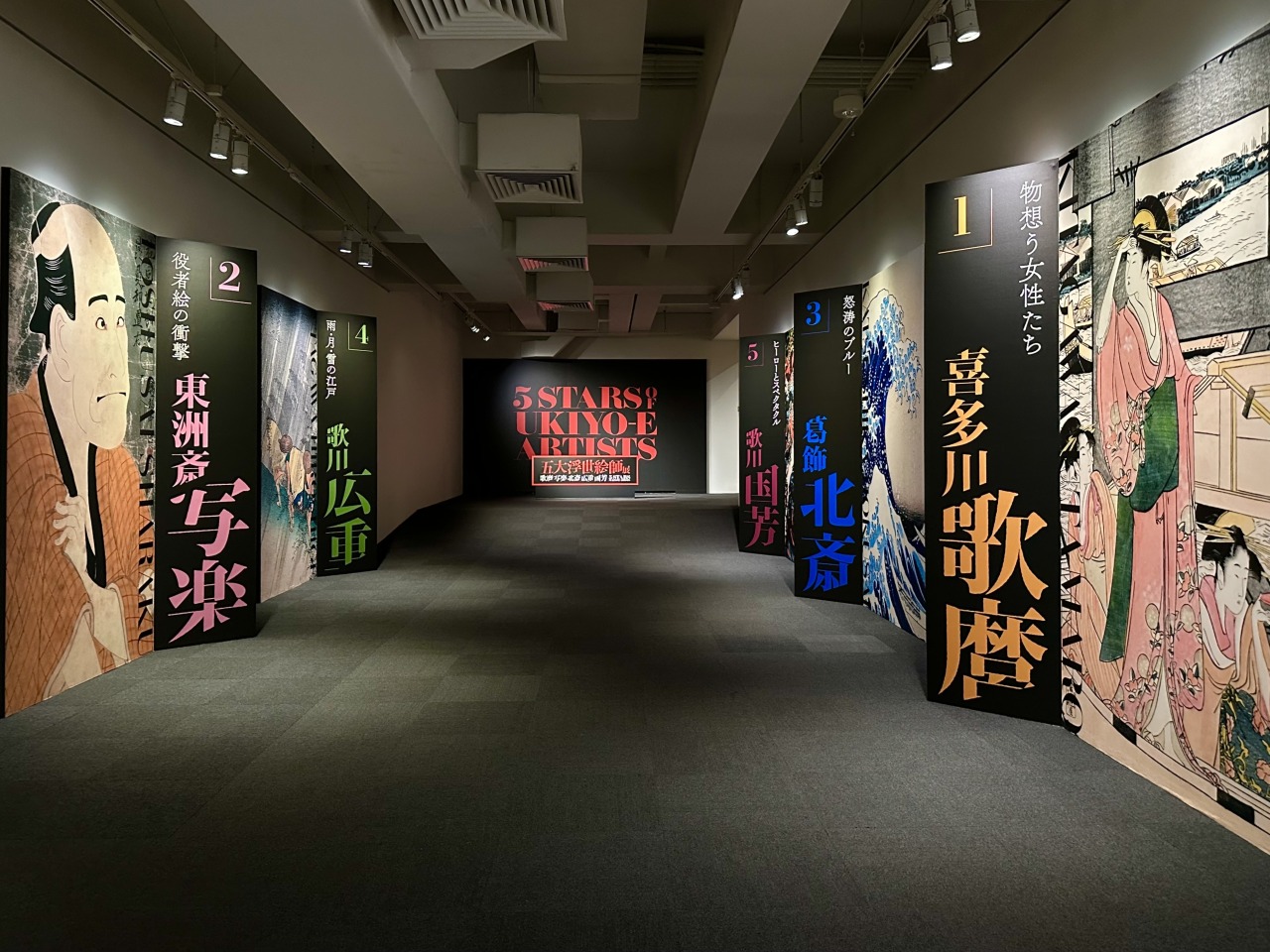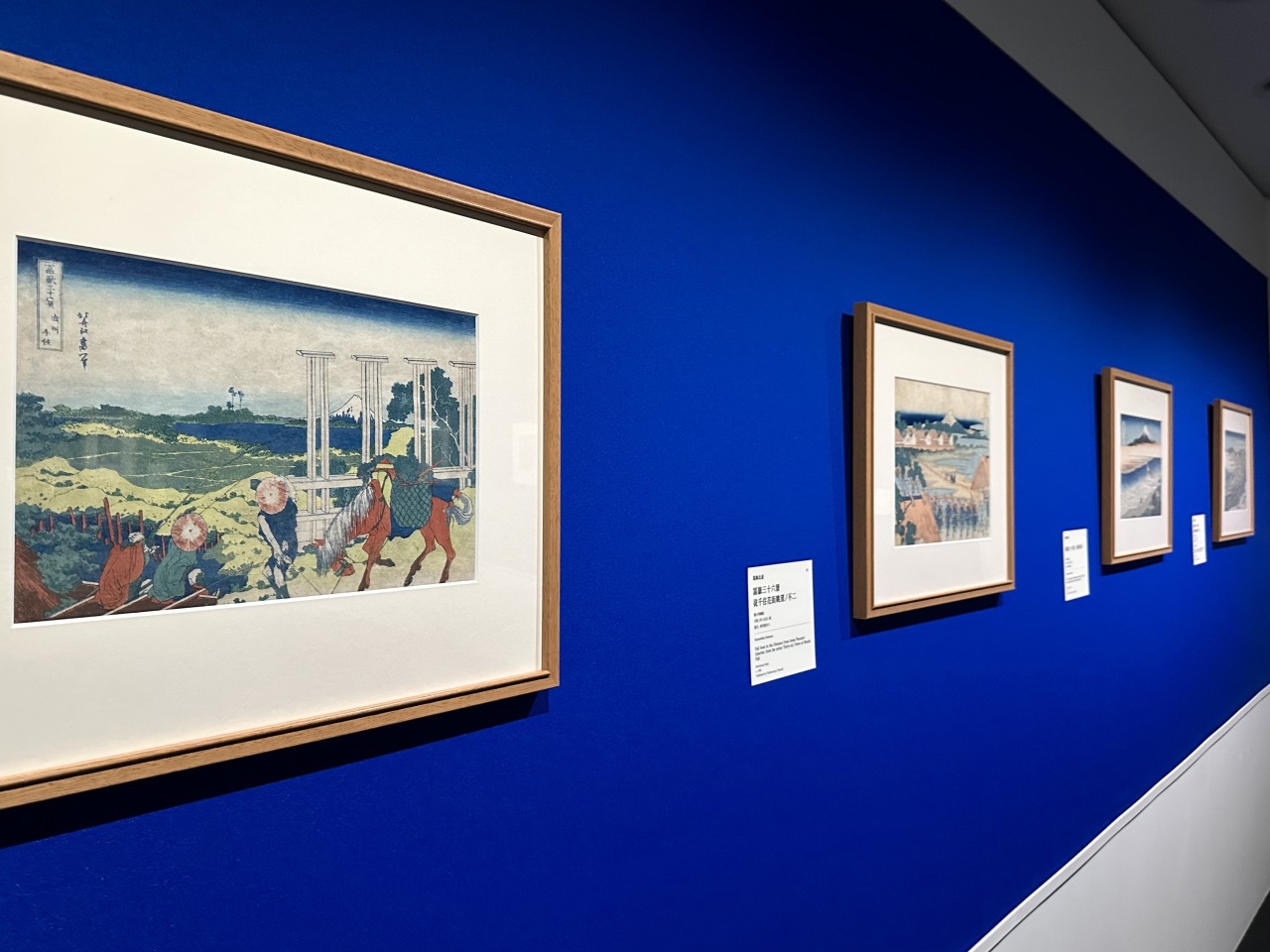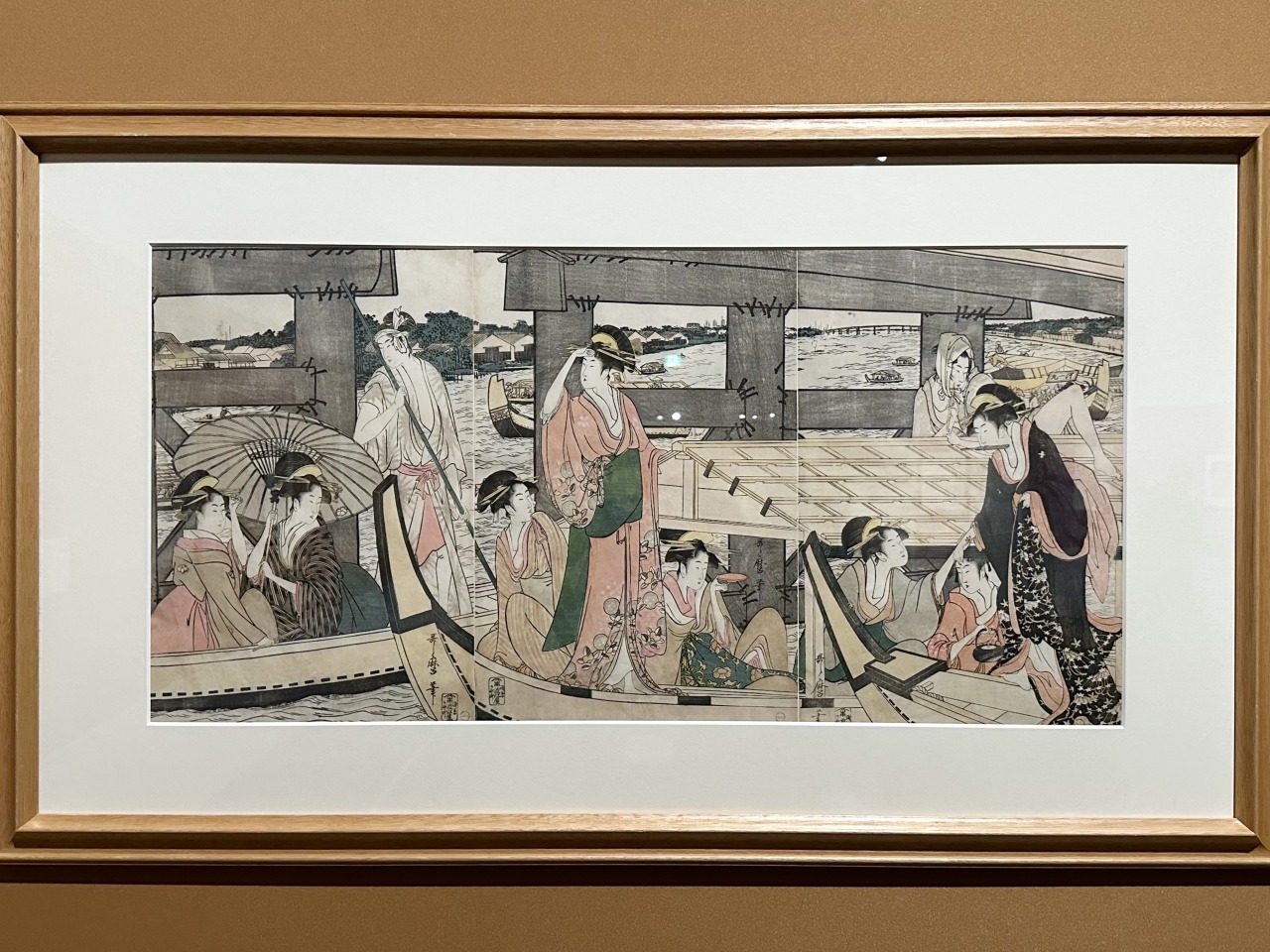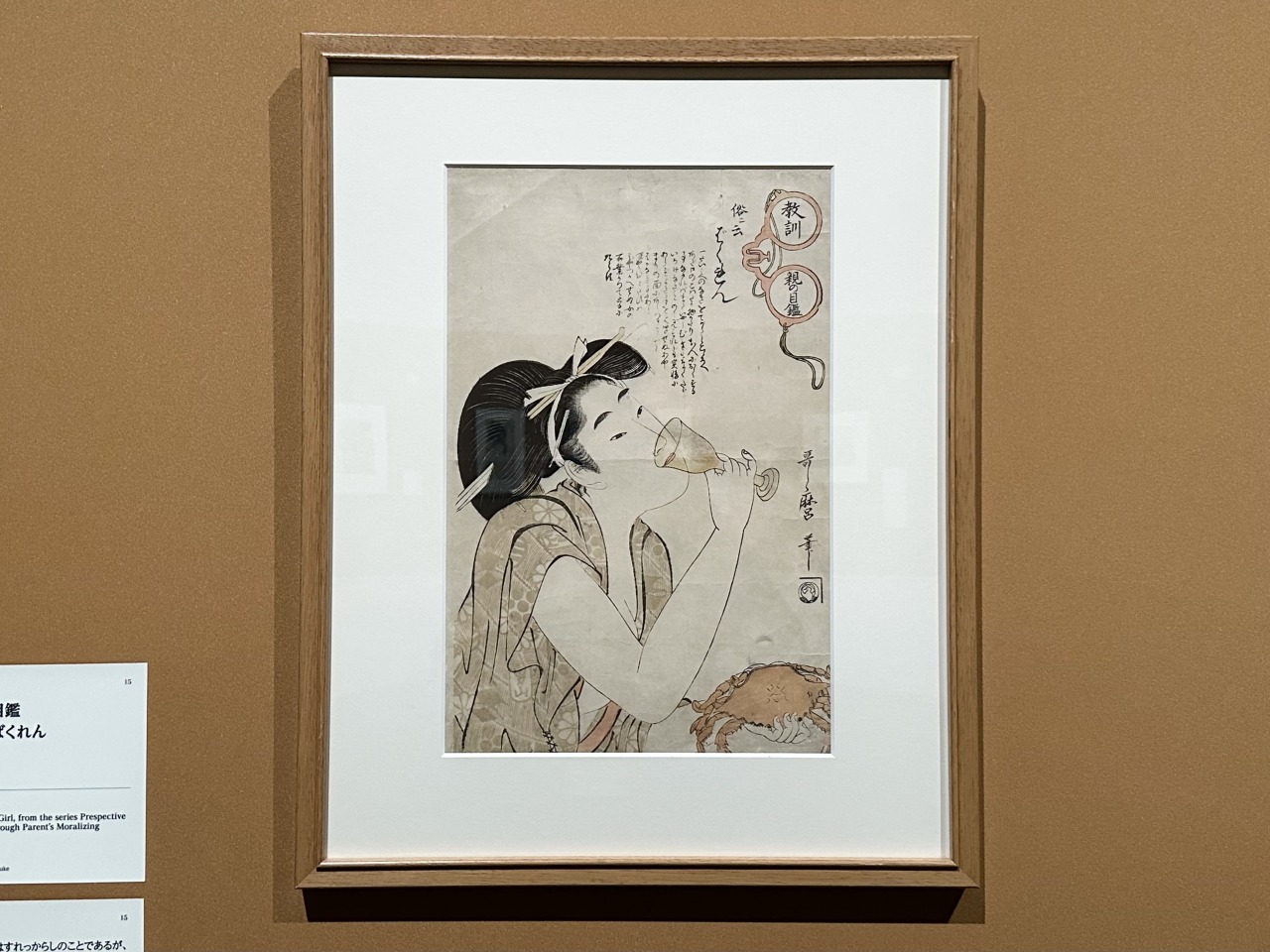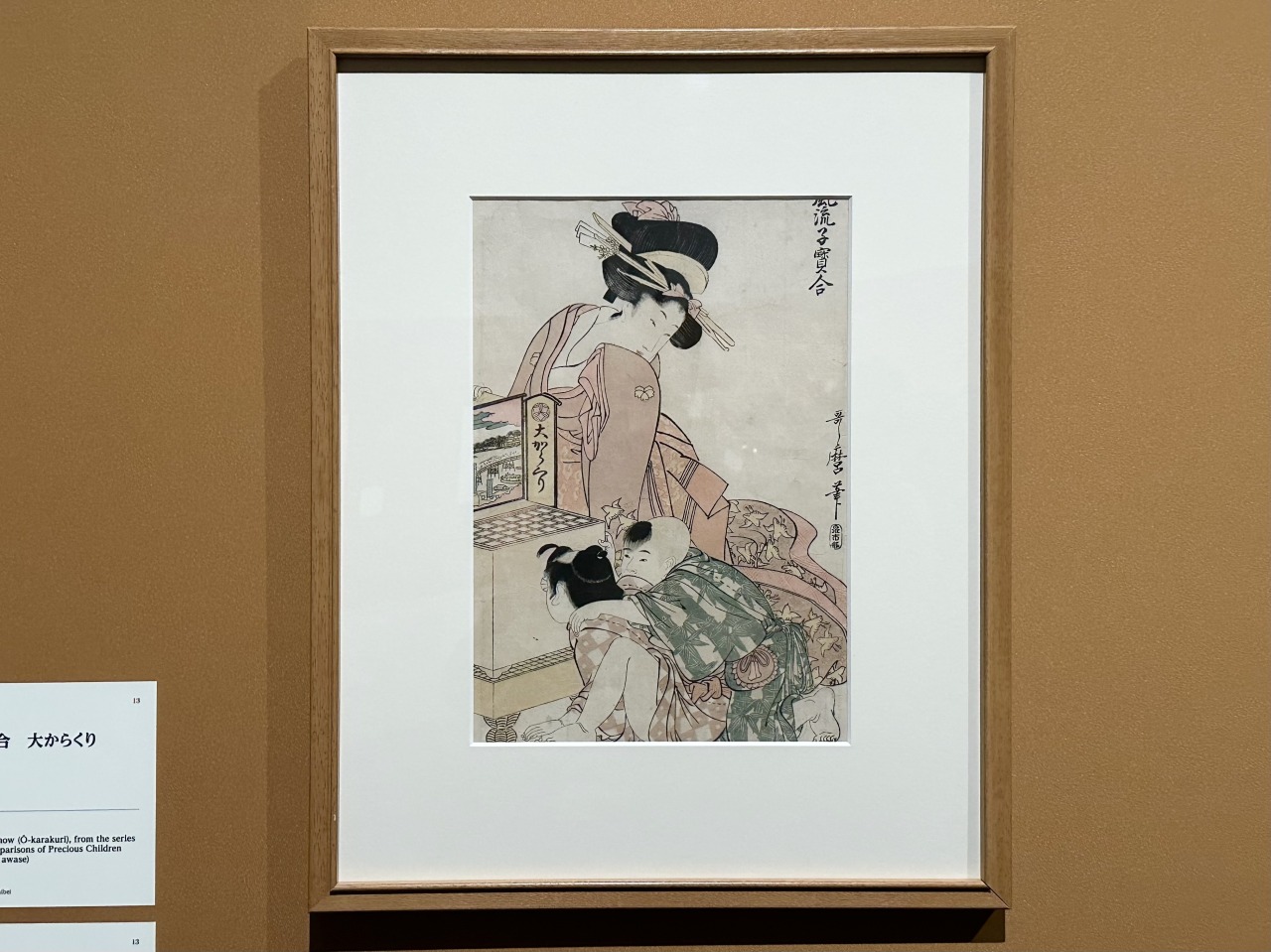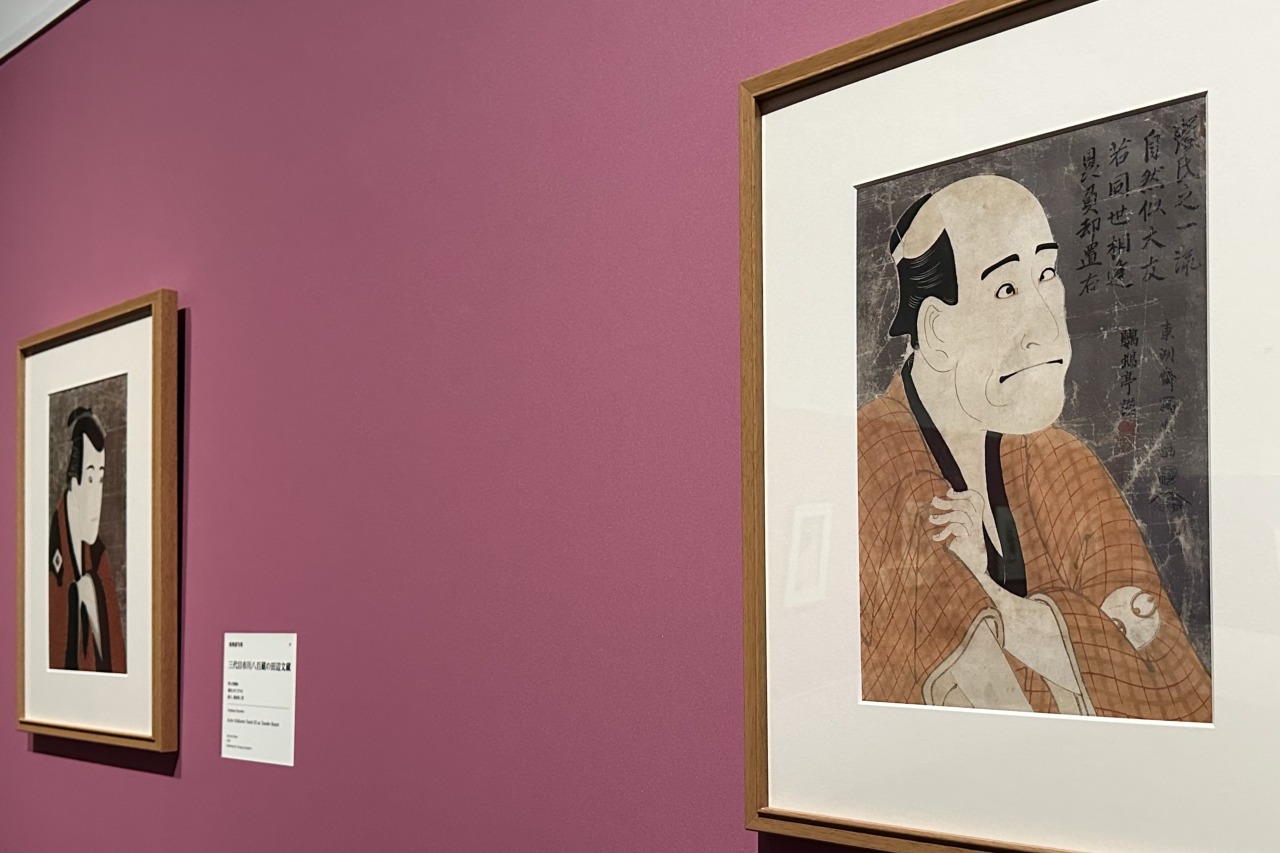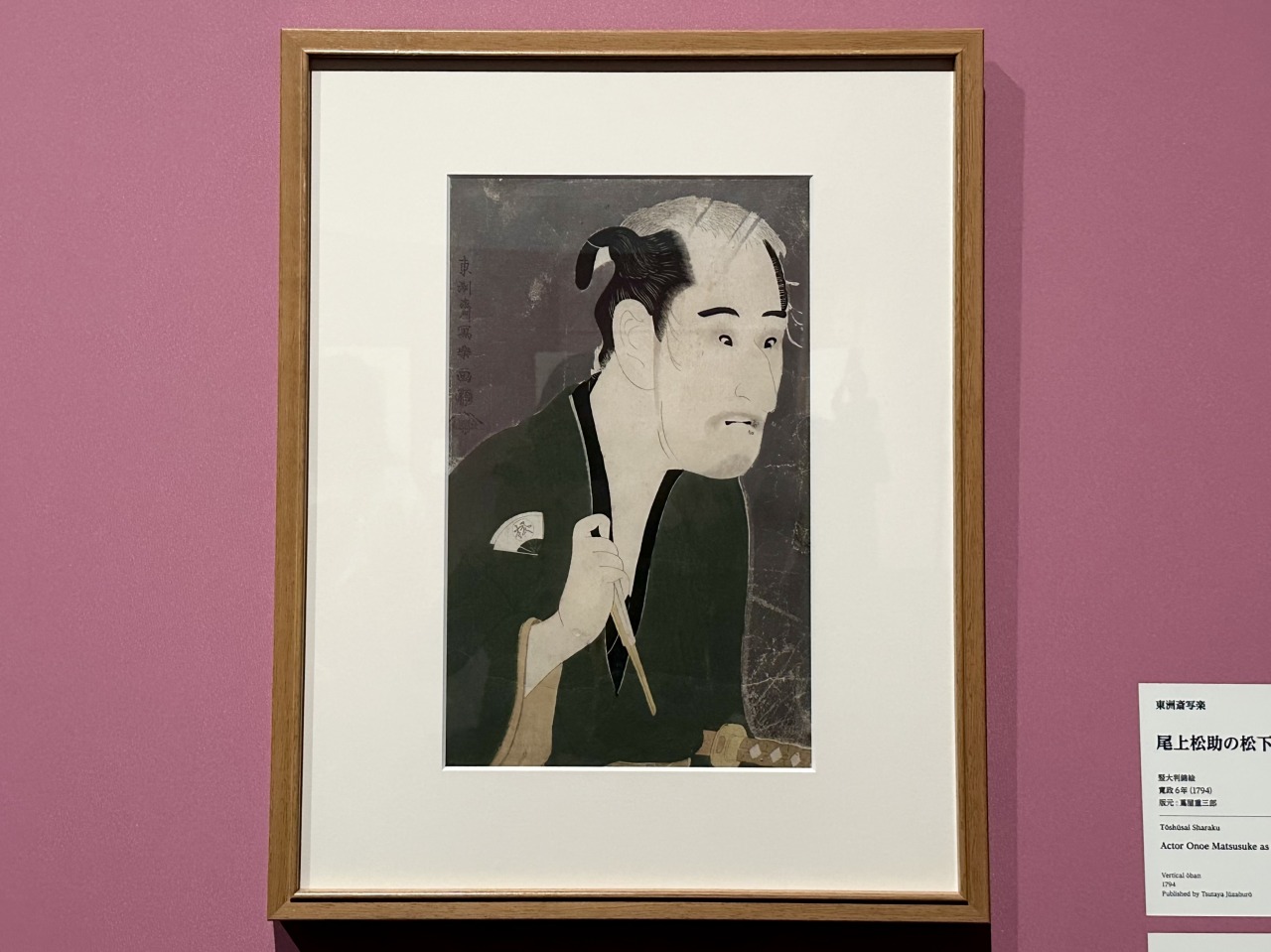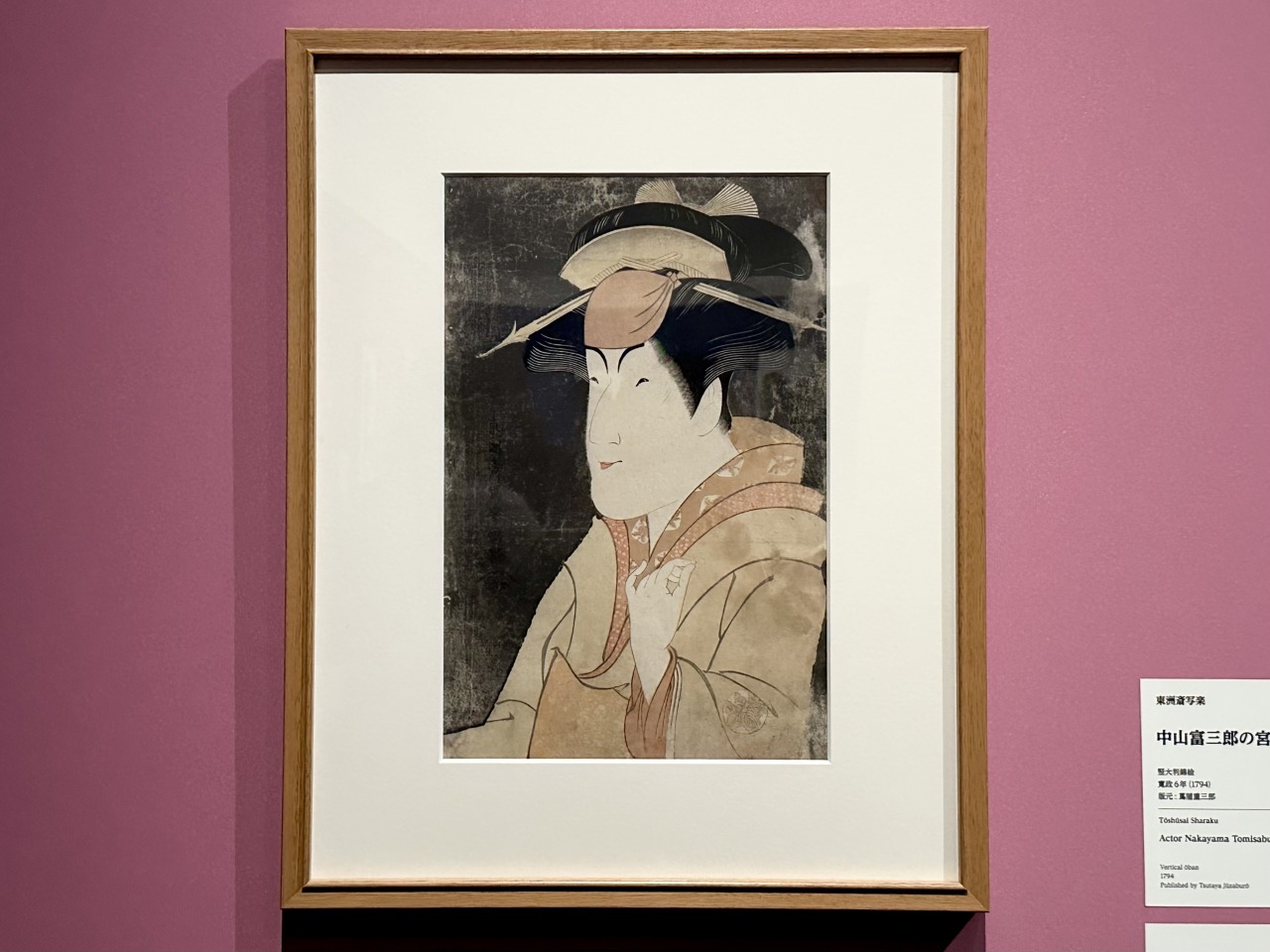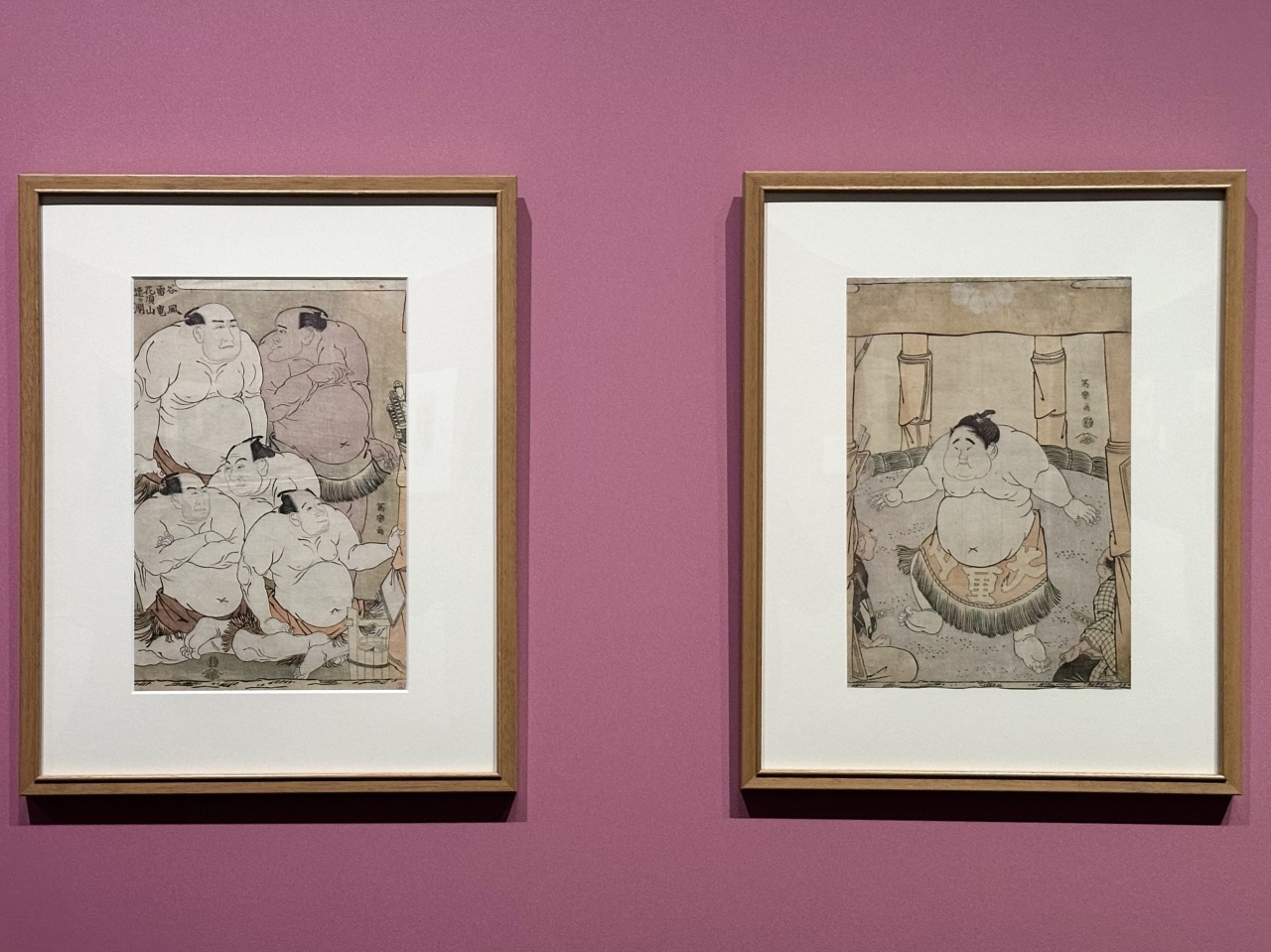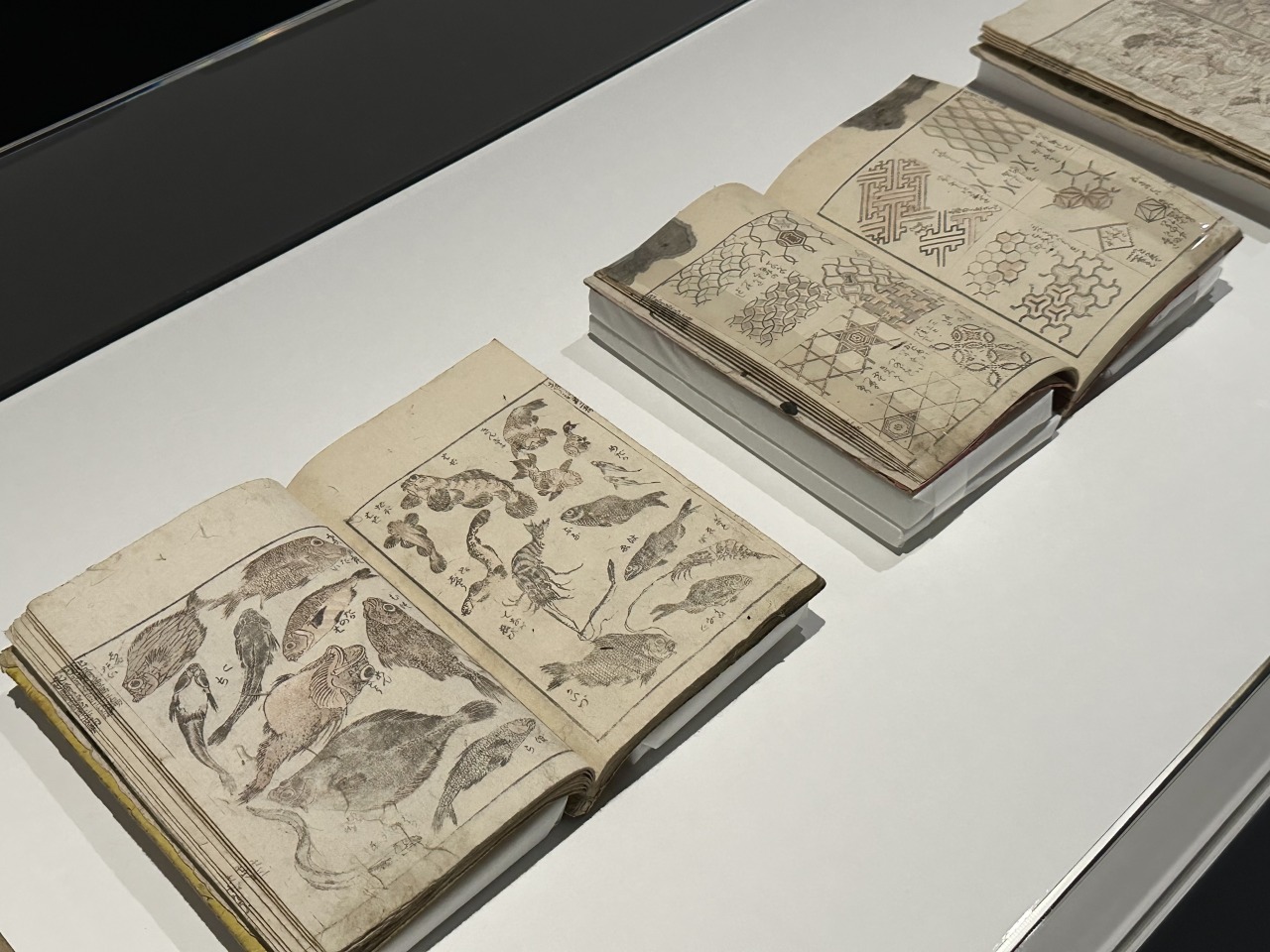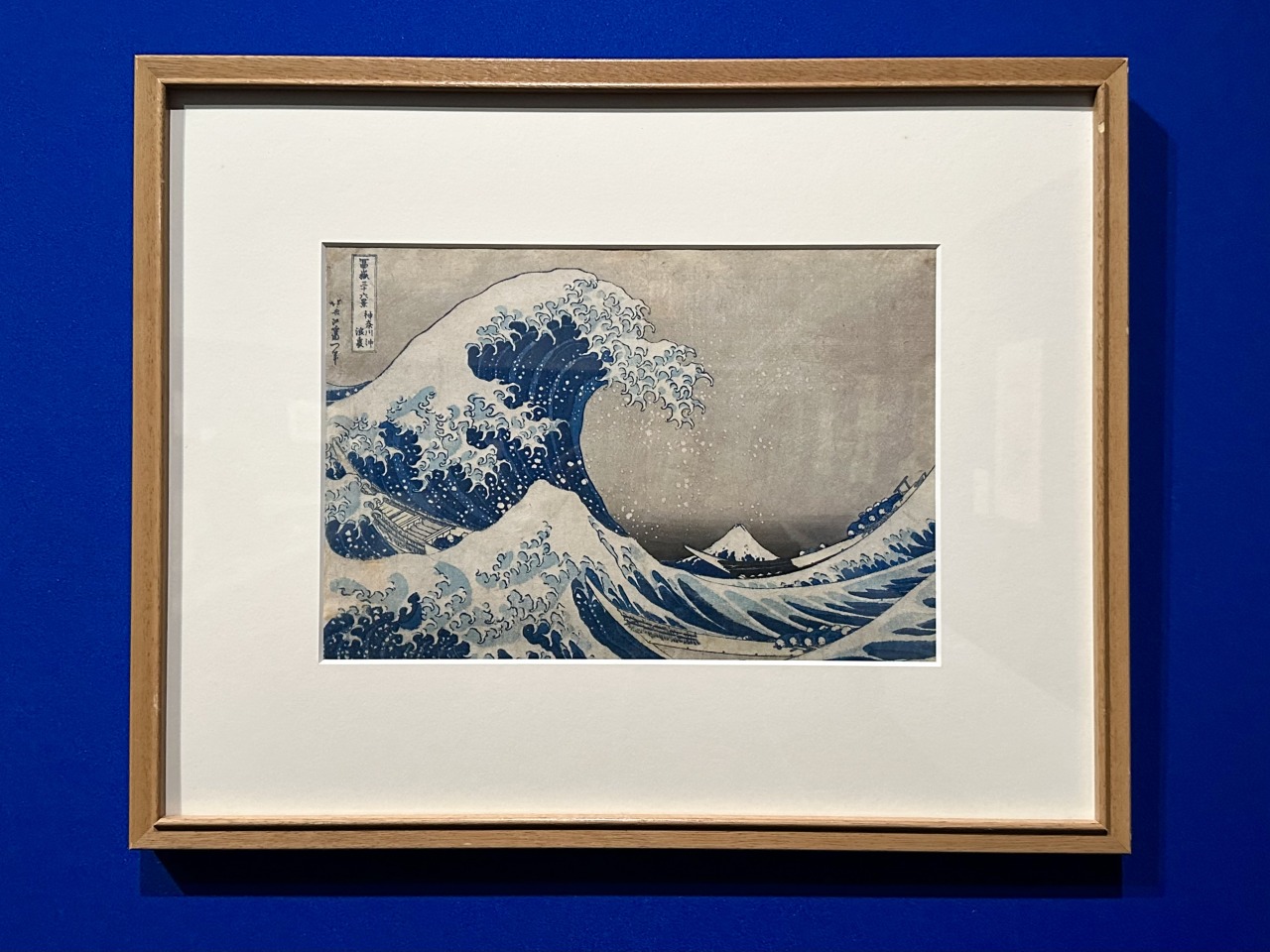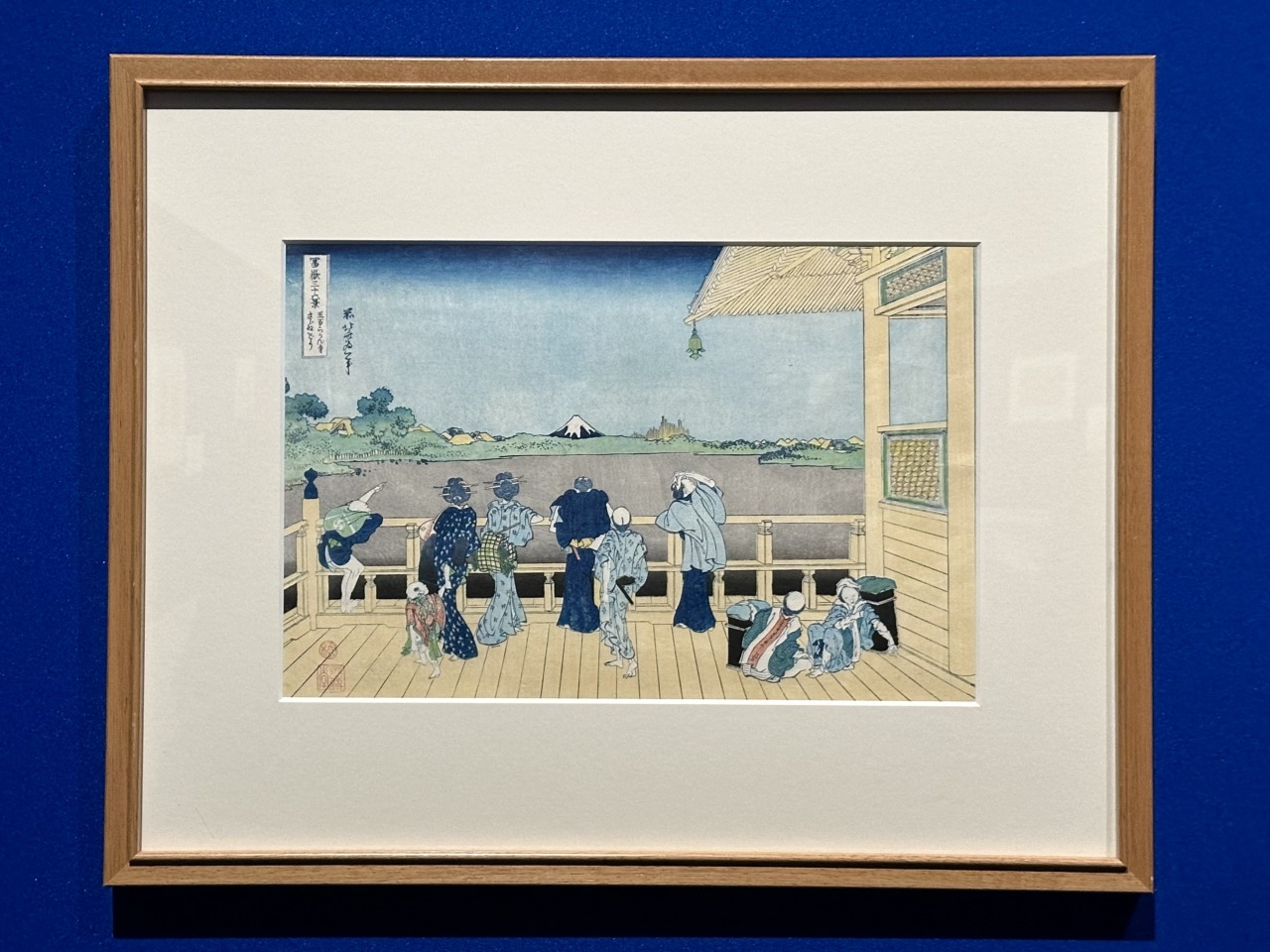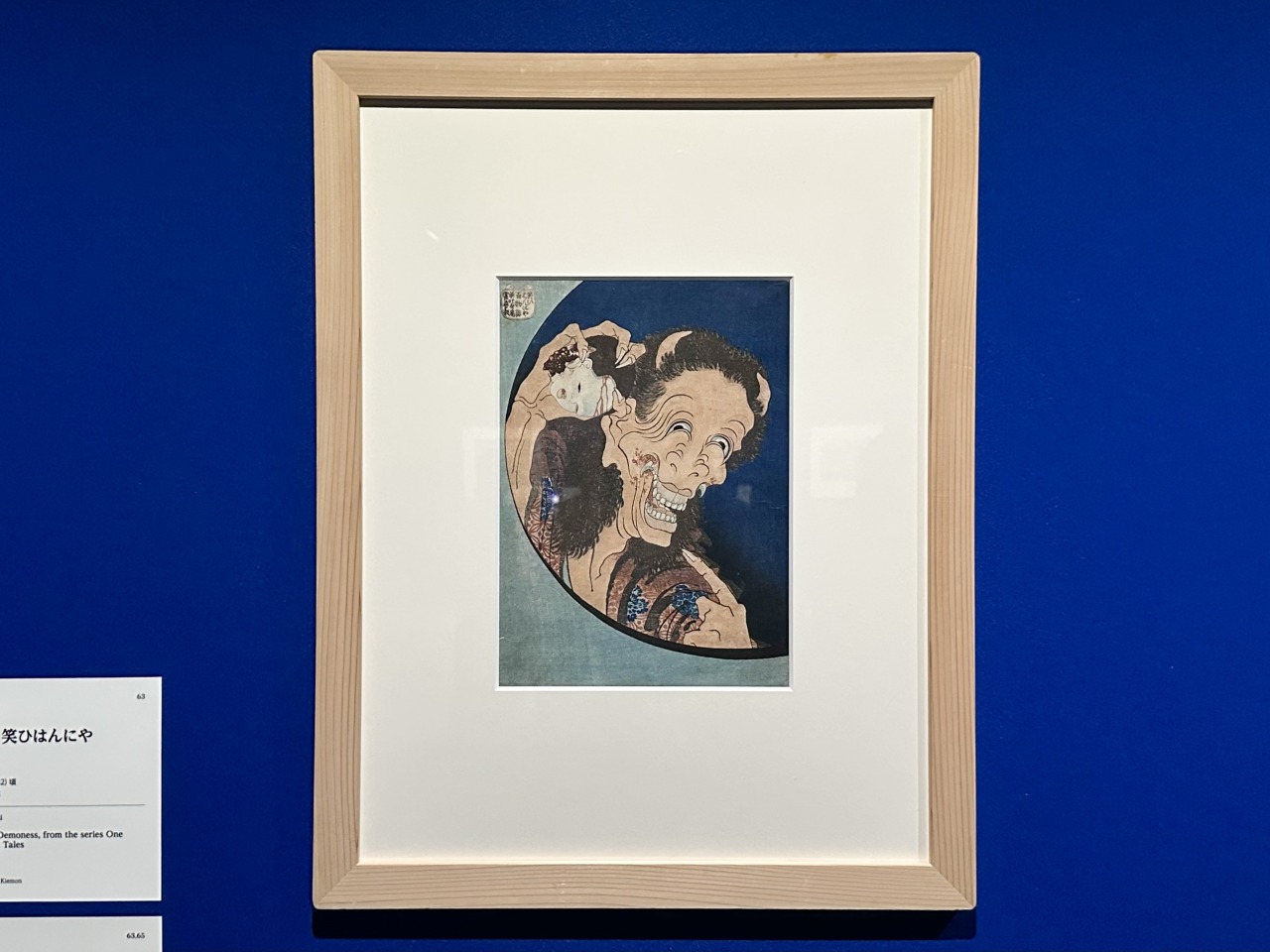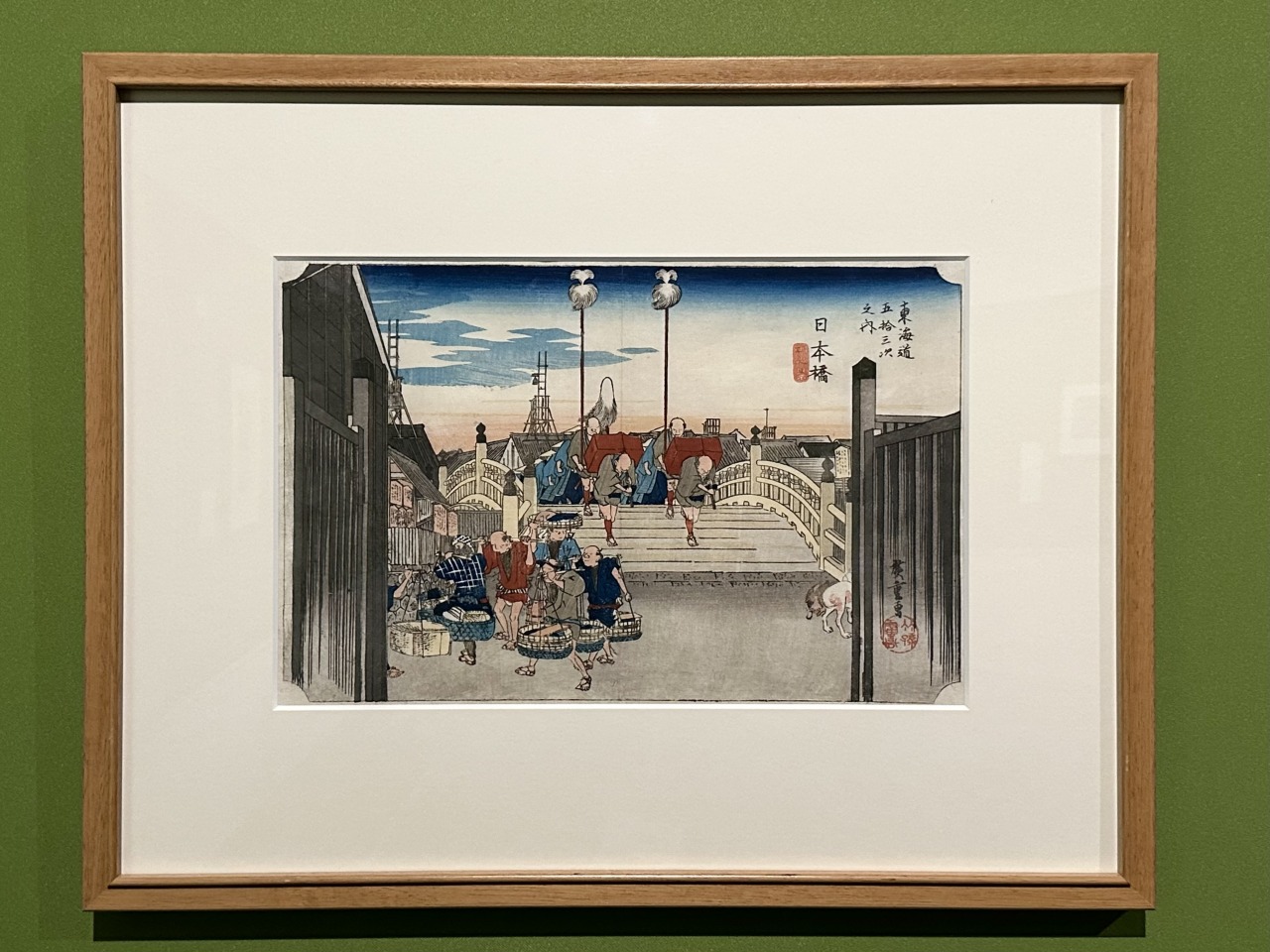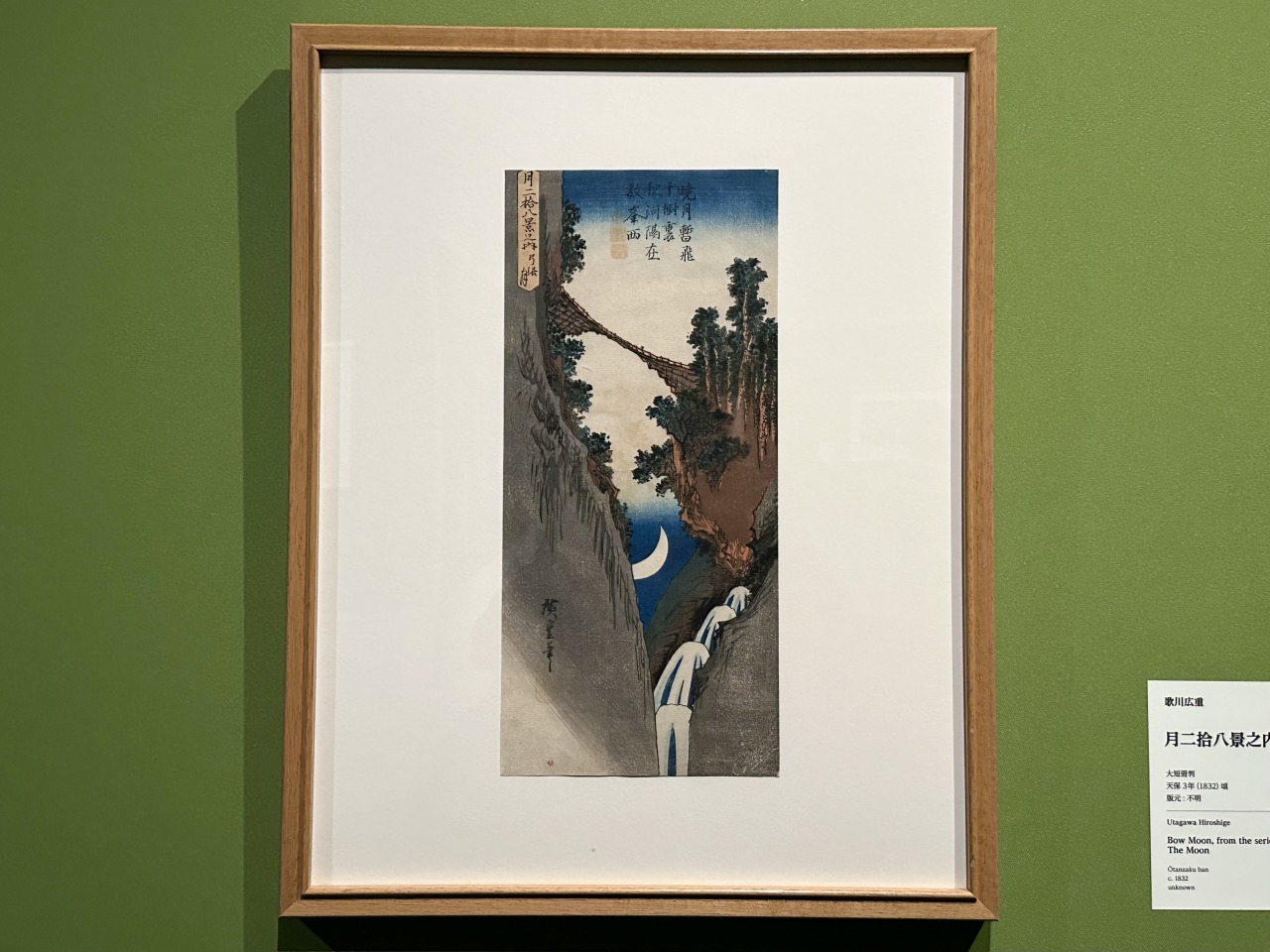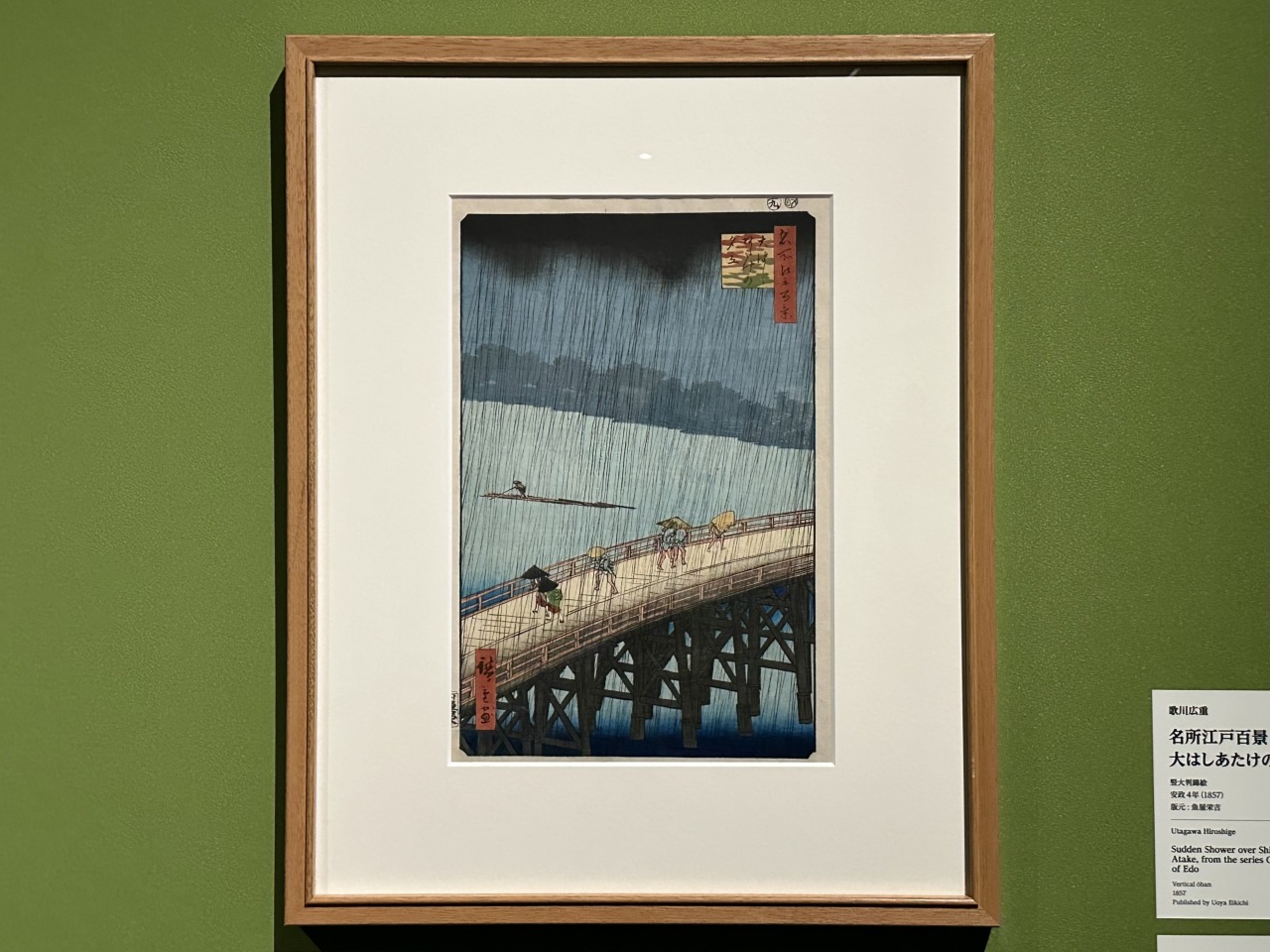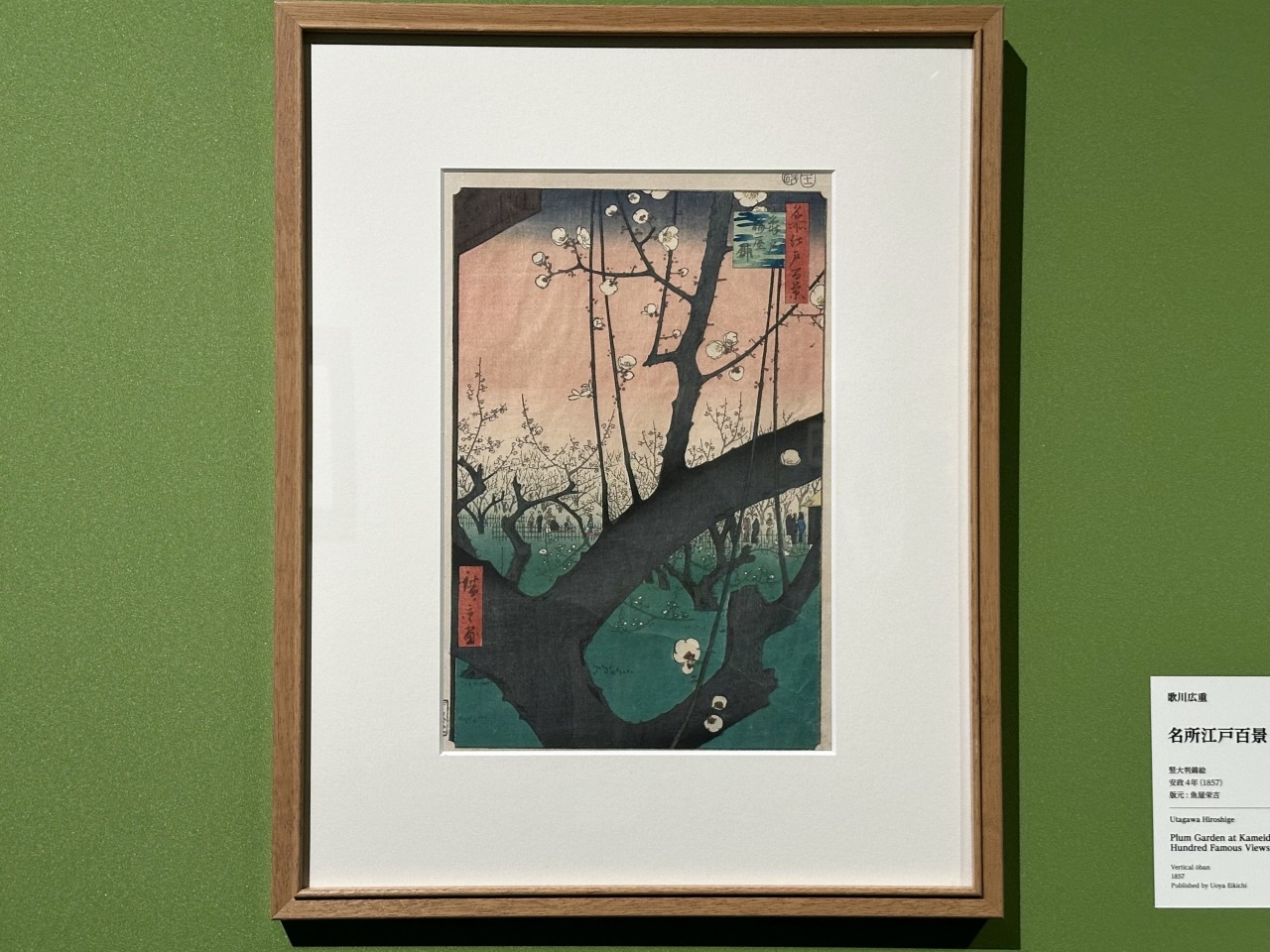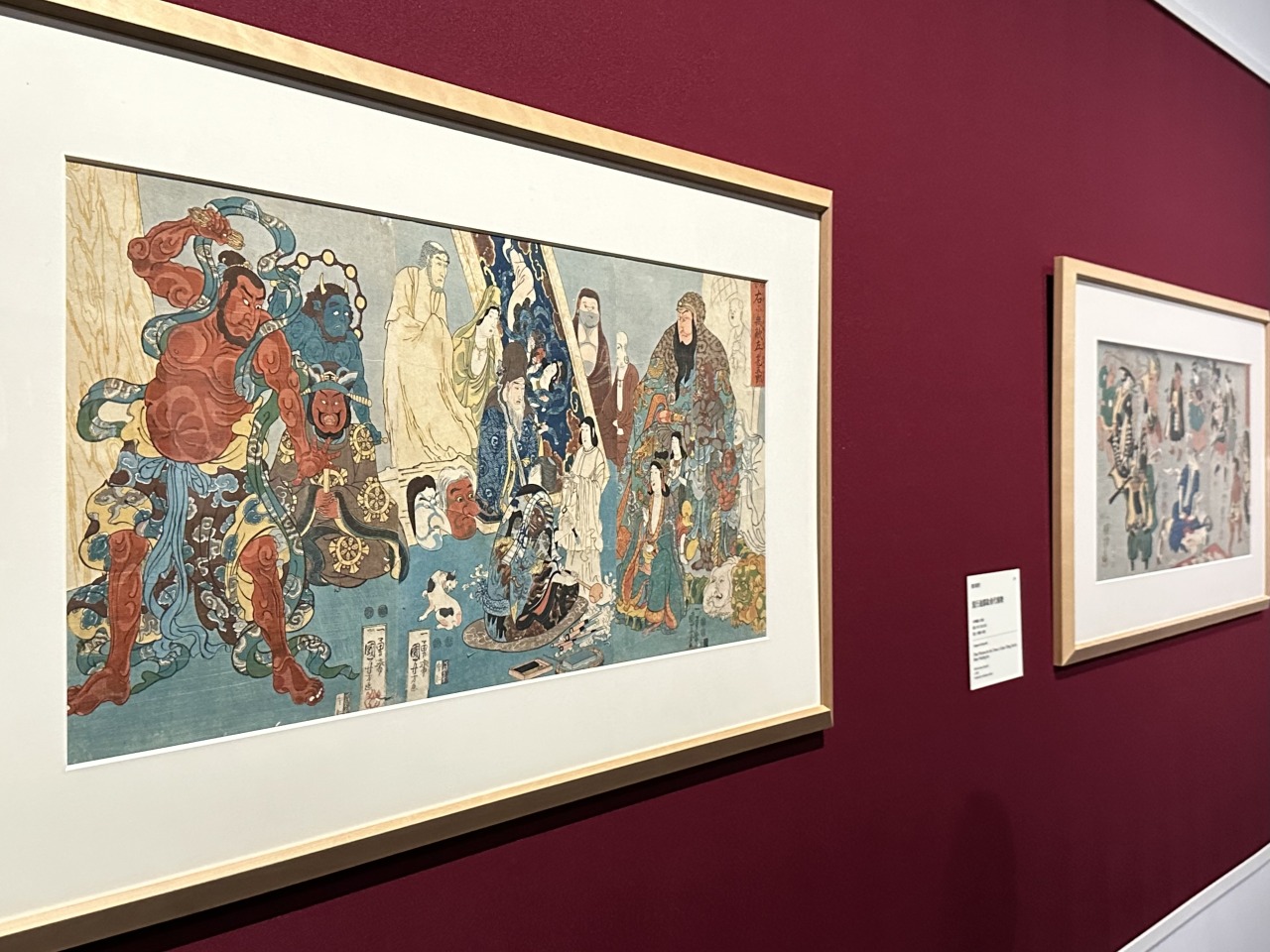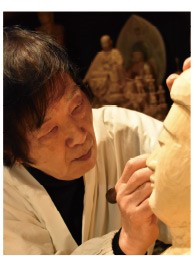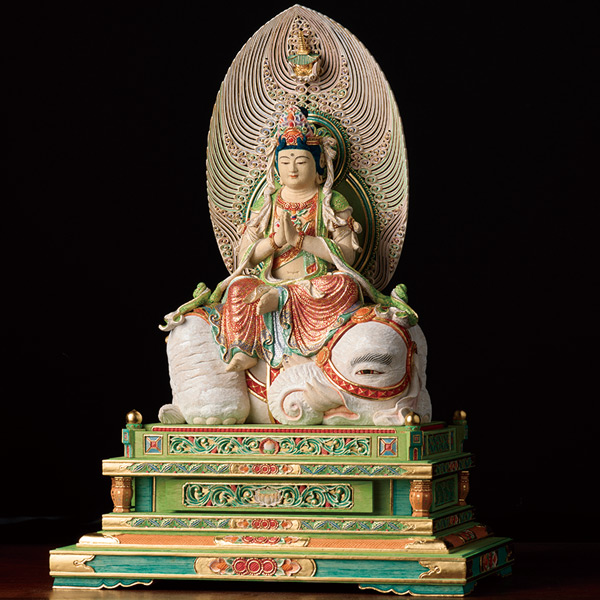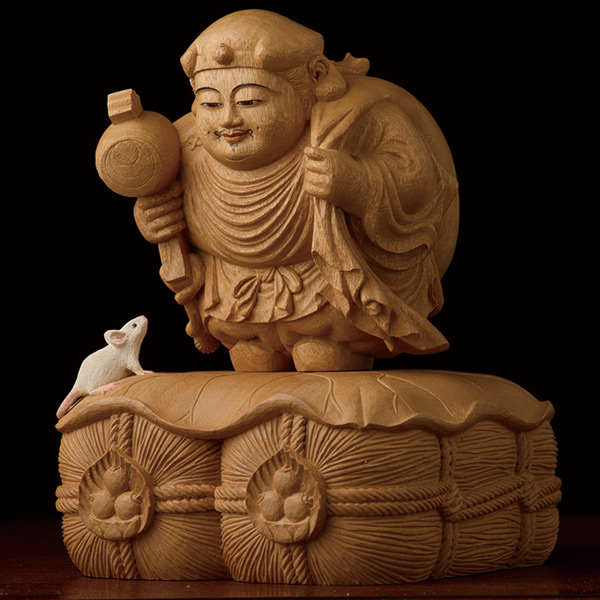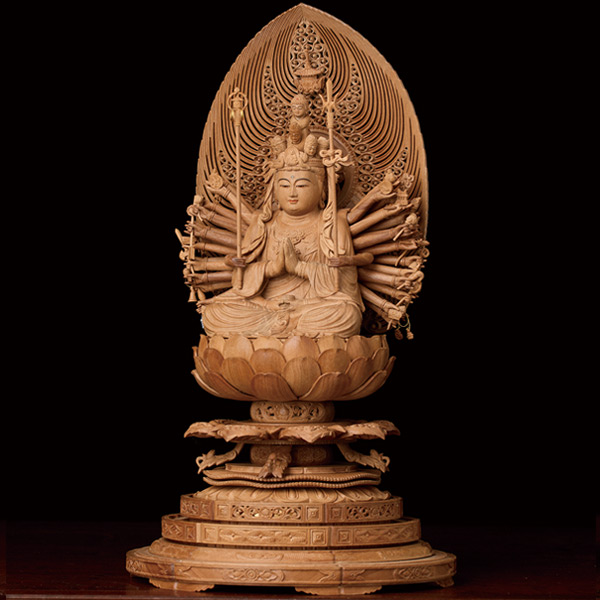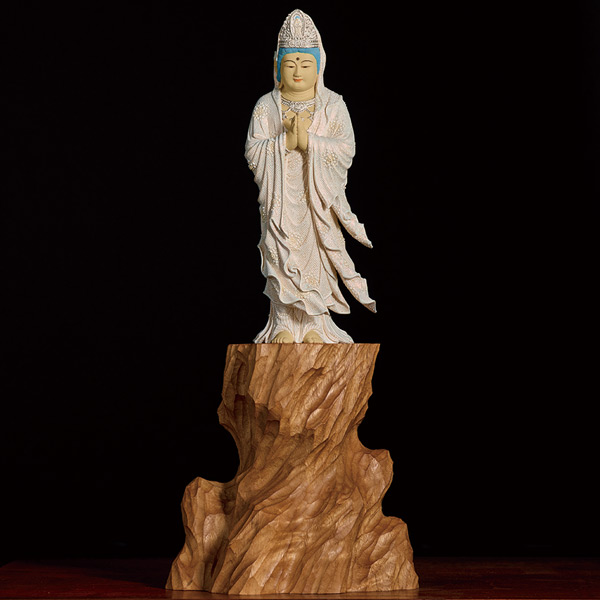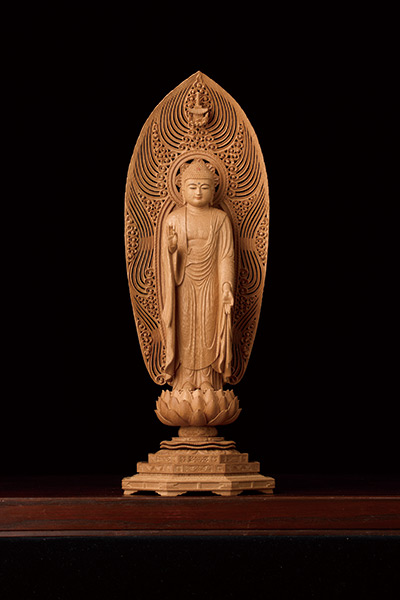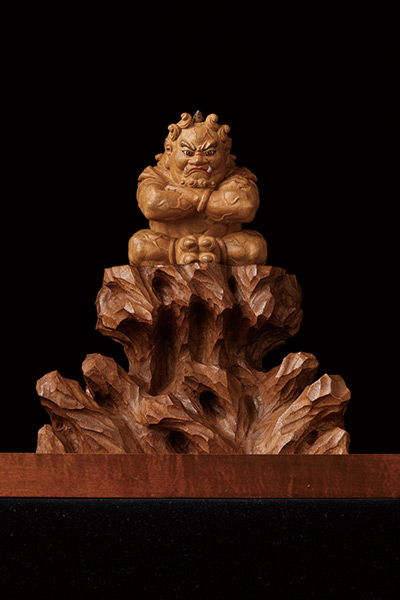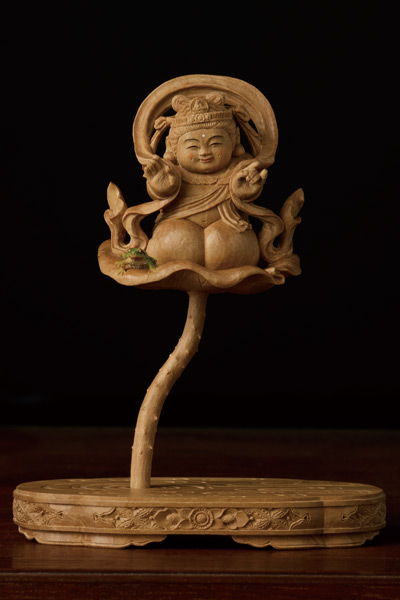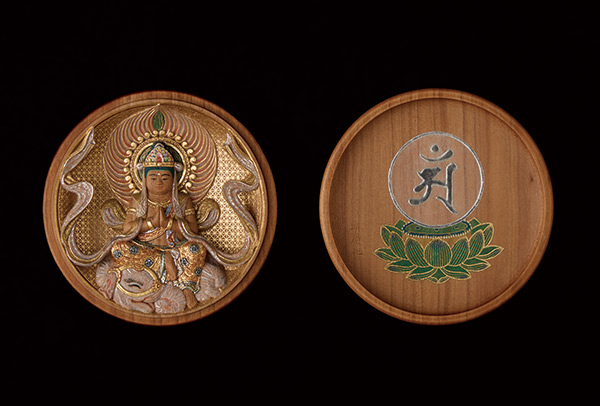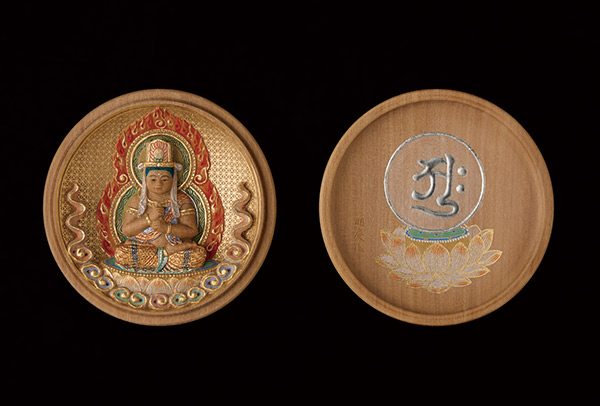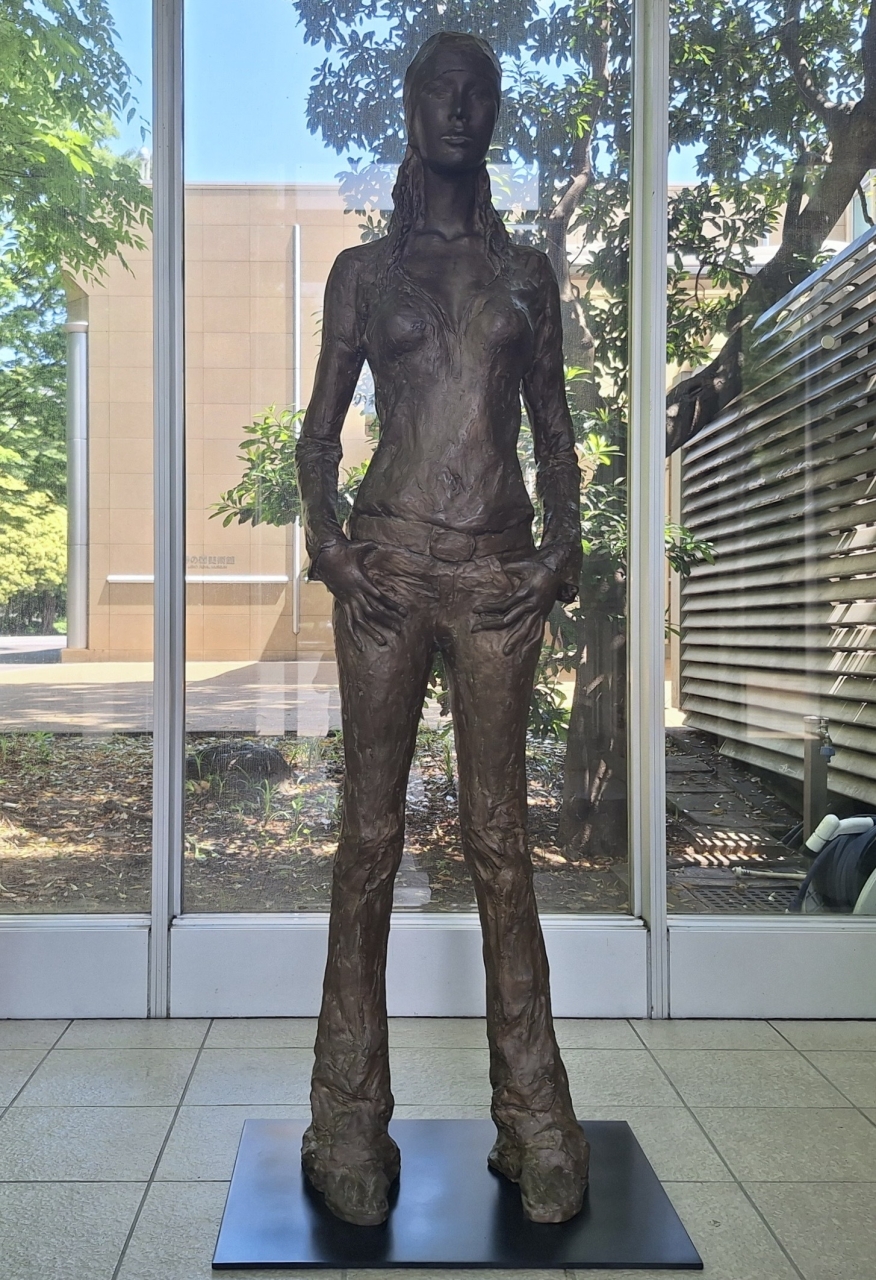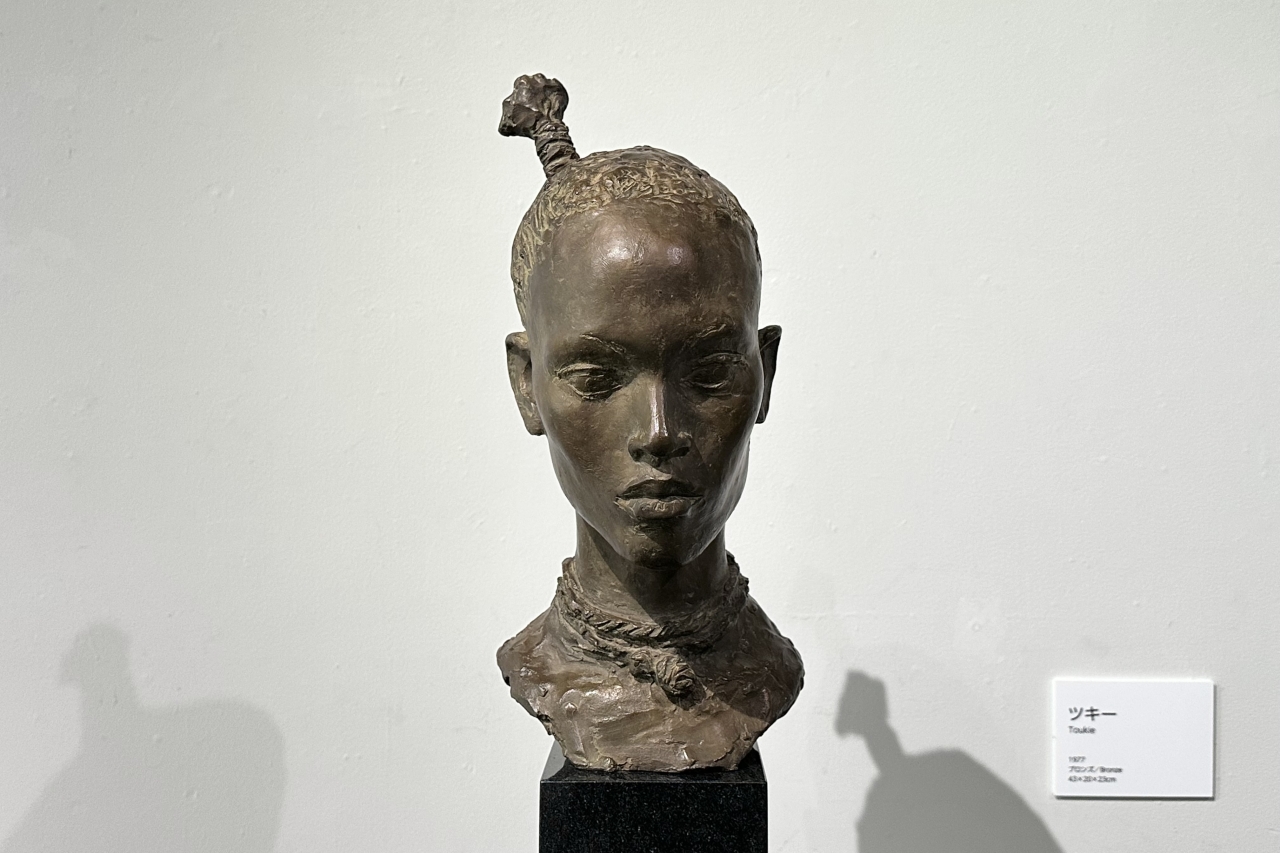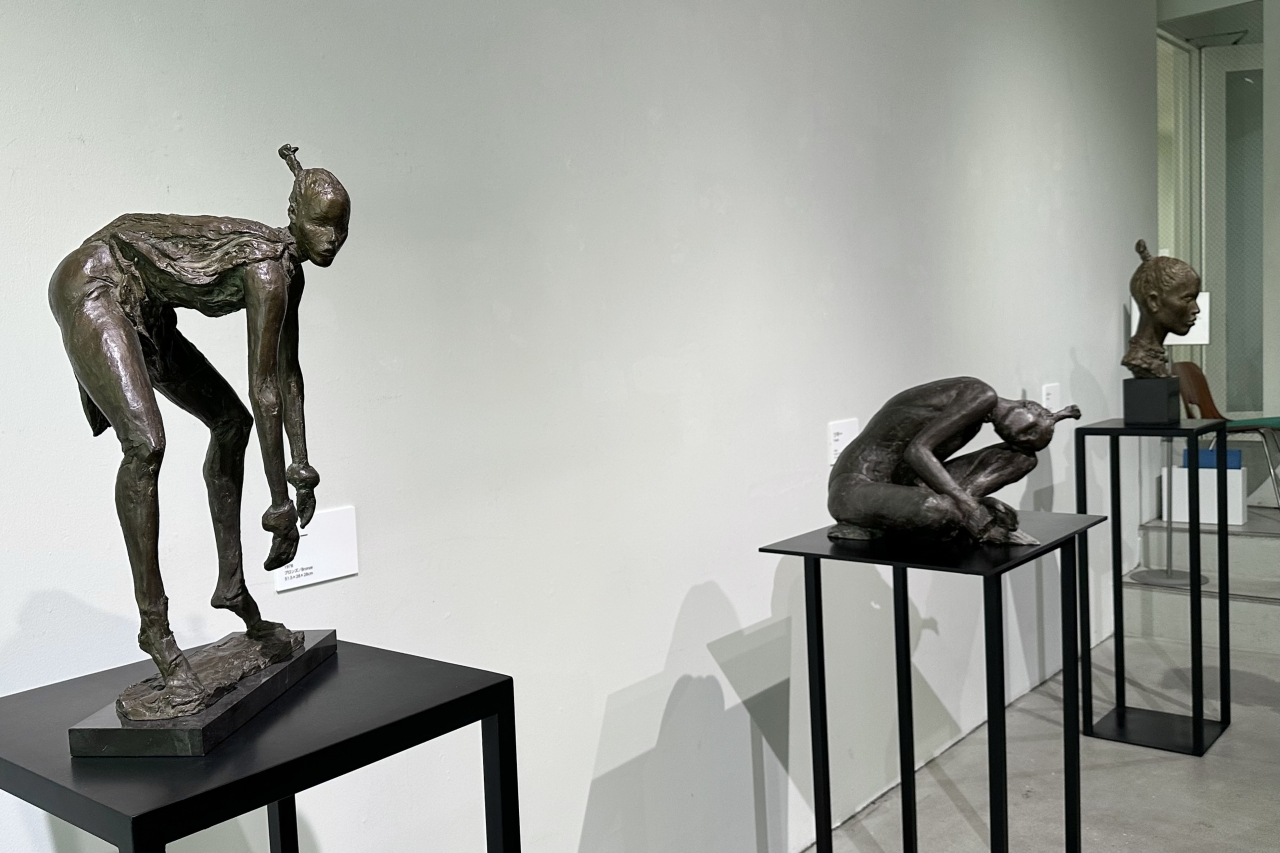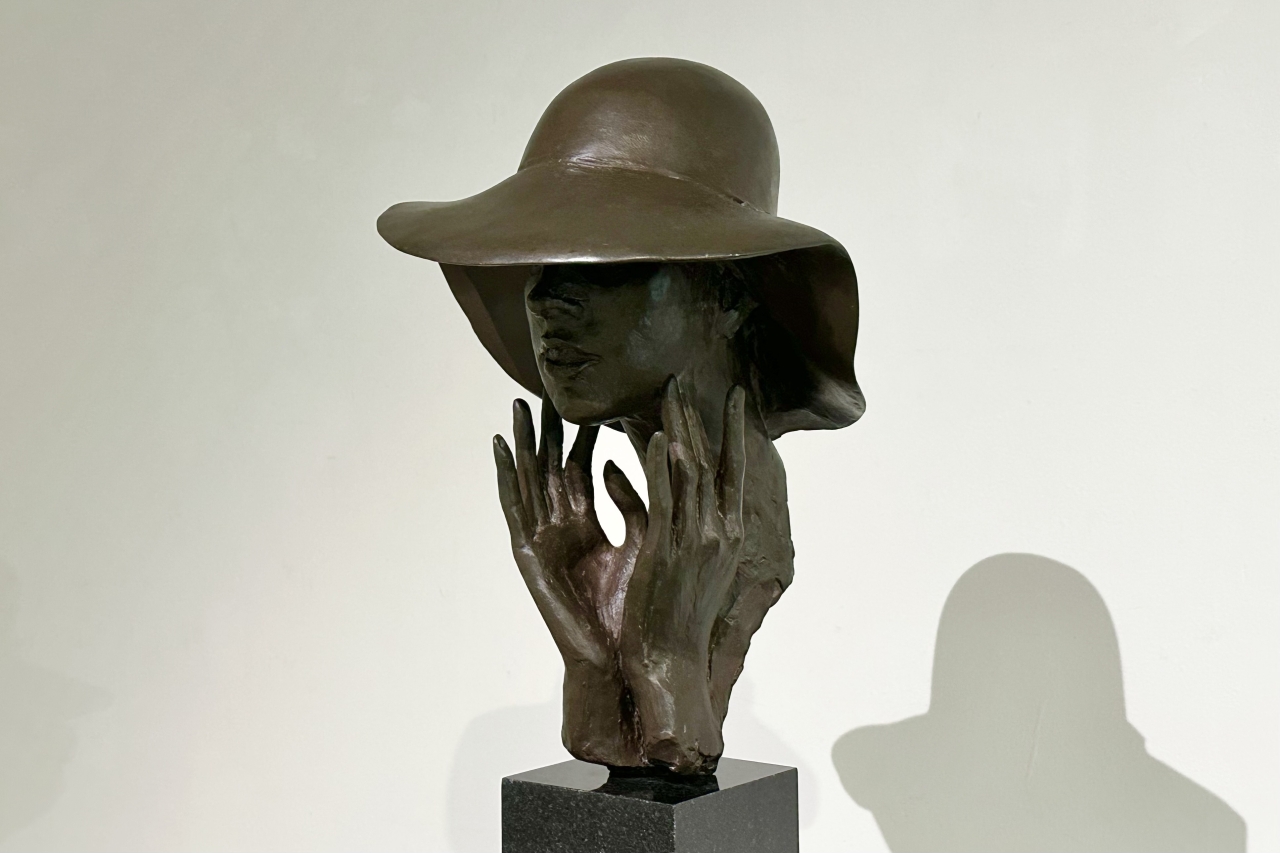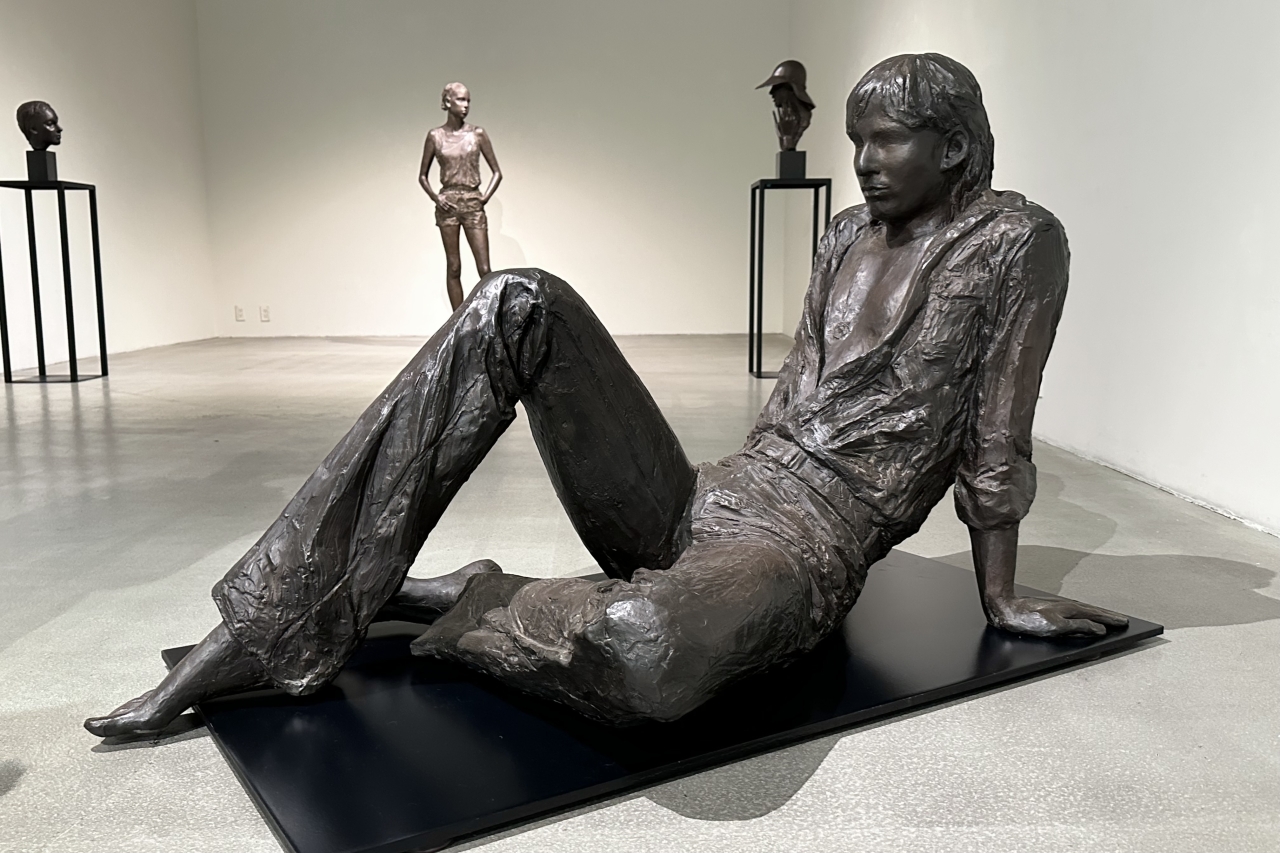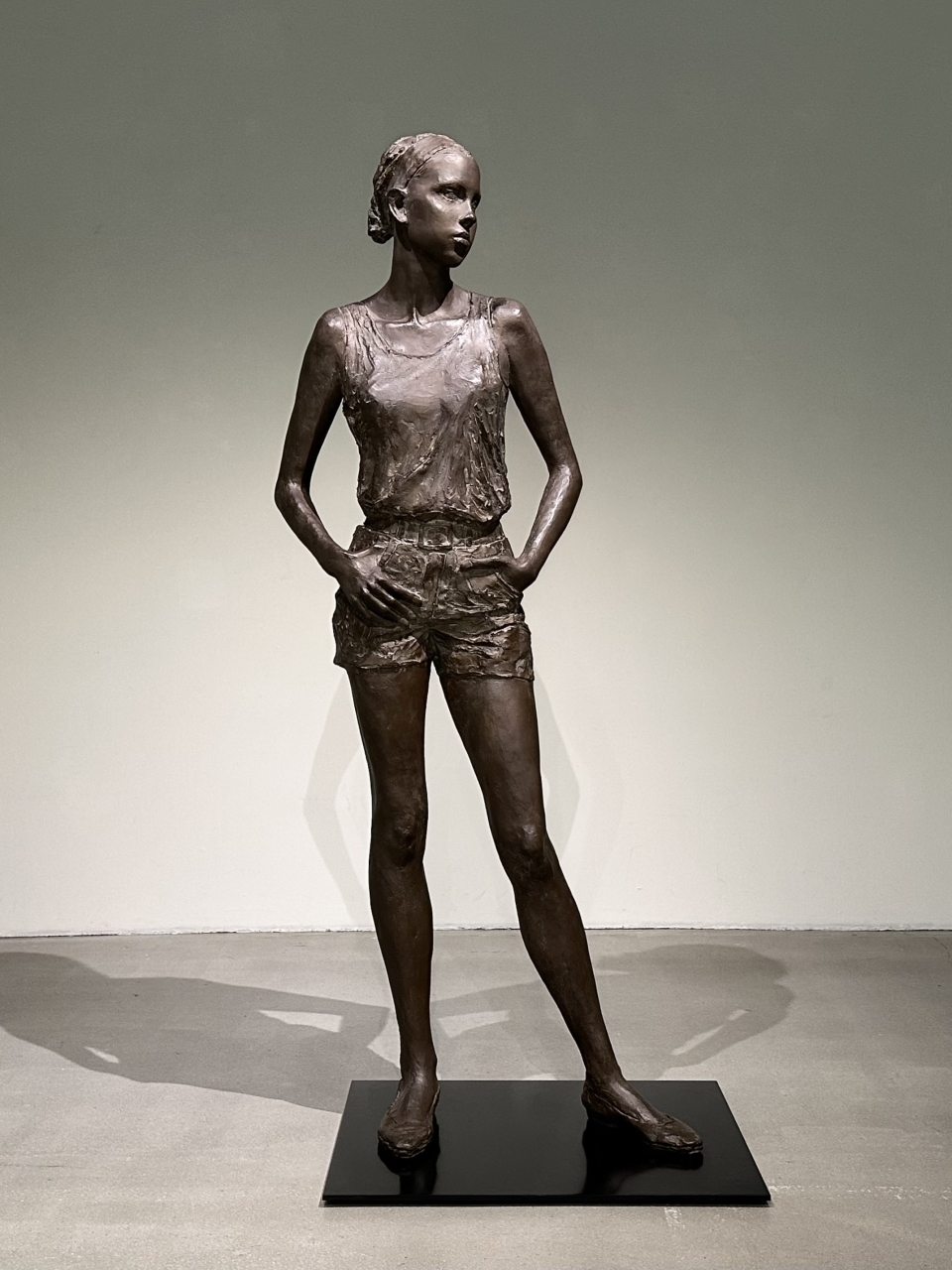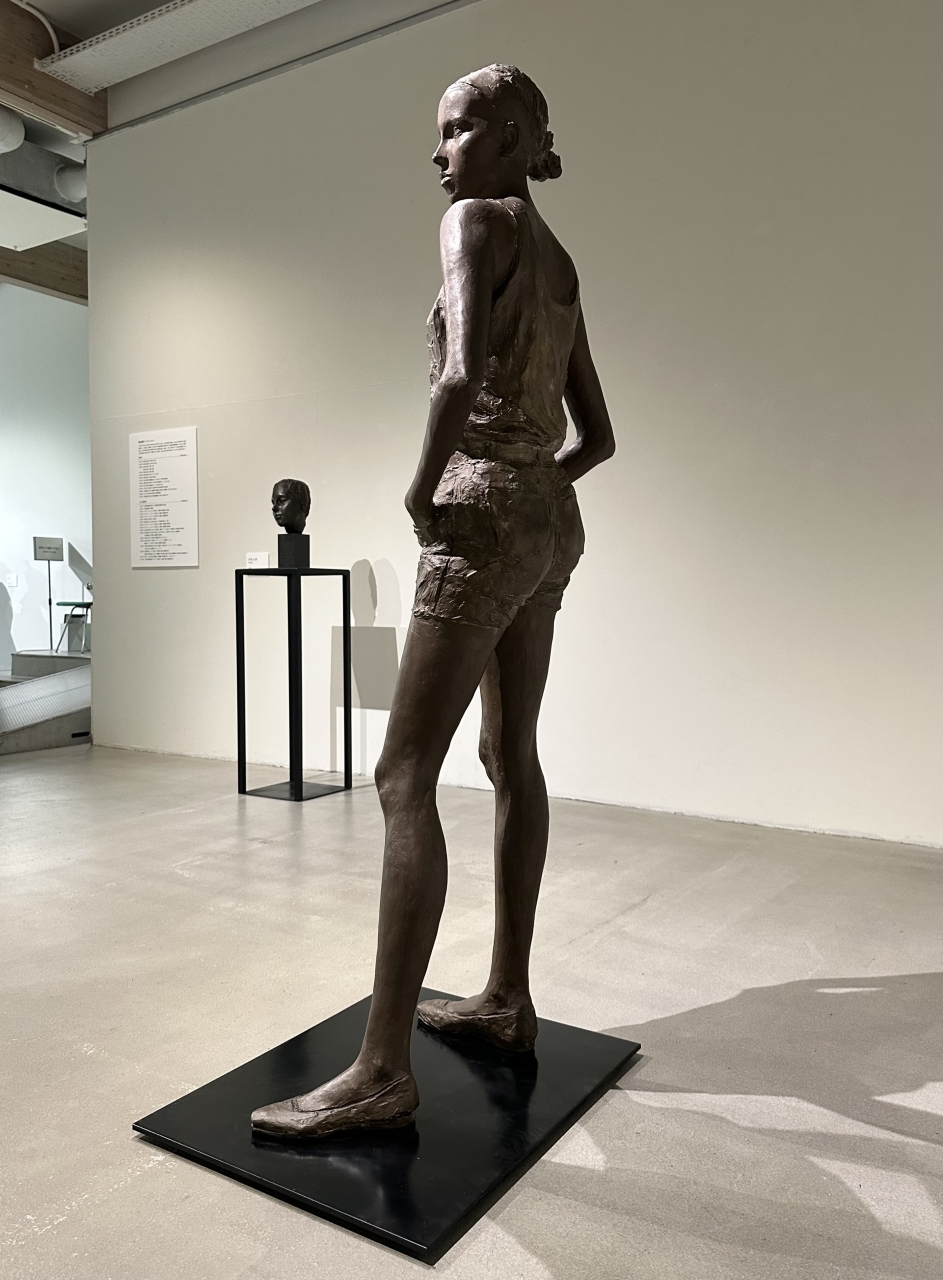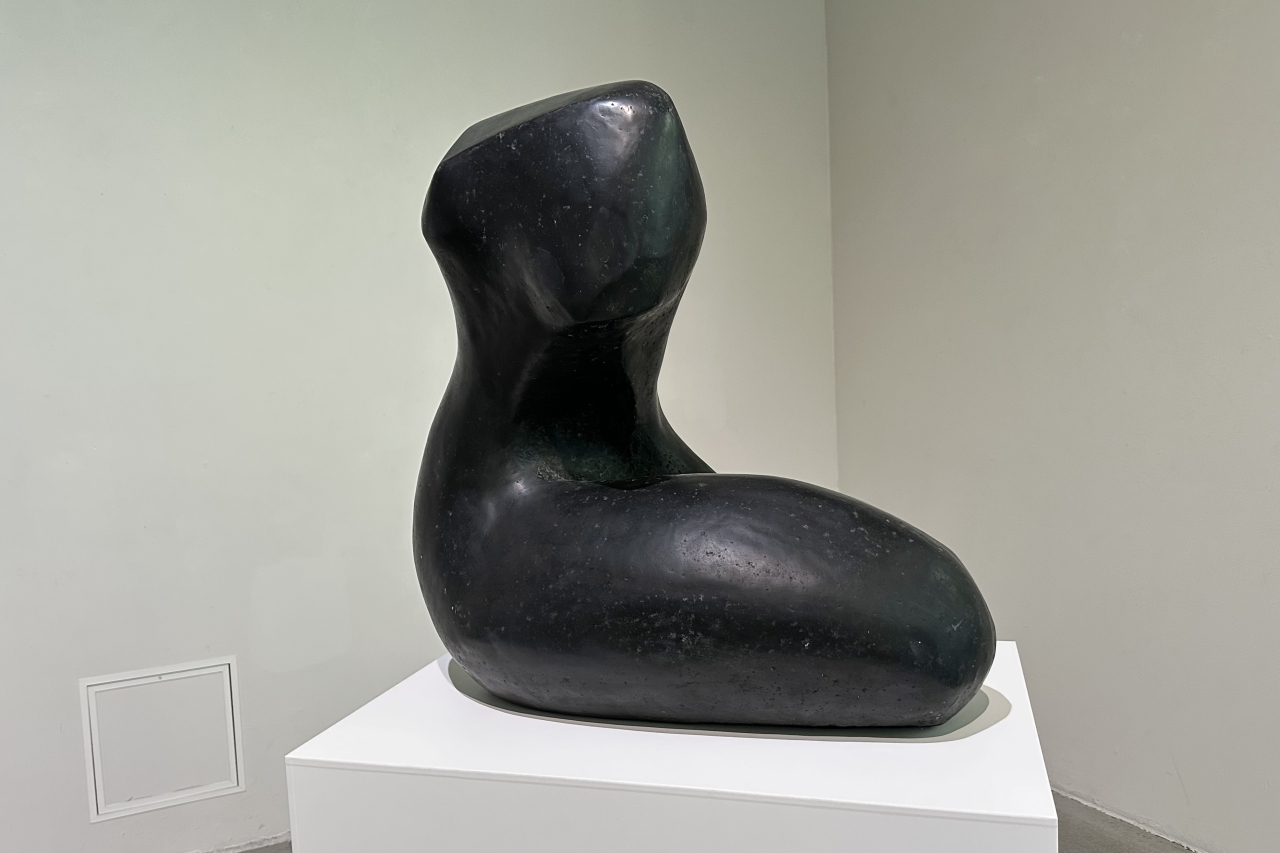Ueno Park Takenodai Square (Fountain Square)
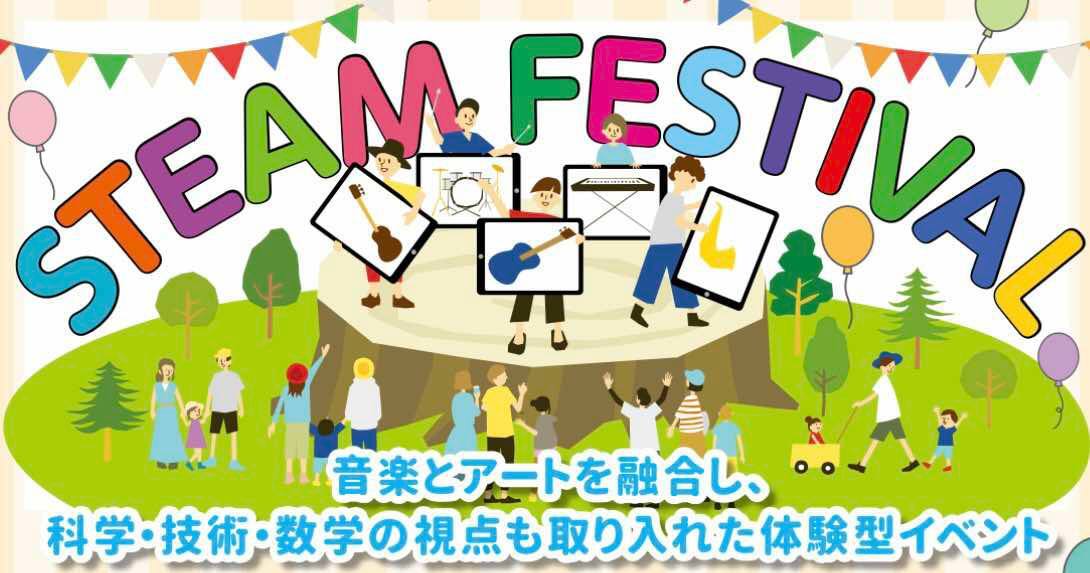
~This is an educational event that fosters children's creativity through music and STEAM education. There will also be food truck stalls and artist performances~
The Taito Ward Committee of the Tokyo Junior Chamber of Commerce (Public Interest Incorporated Association) will be holding an experiential event at Ueno Park Takenodai Square (Fountain Square) on June 27th (Friday) and 28th (Saturday) in order to foster creativity and spread STEAM education, where participants can experience STEAM education through music, programming, and more .
On June 27th (Friday) as a pre-event announcement project, there will be a live concert by the idol group SAKURADOLL , and on the 28th (Saturday) there will be an opening concert by various artists, a free live concert by singer-songwriter Megu Tohsaka , a signing session and a special event, as well as various STEAM experiences and music production experiences for elementary school students in Taito Ward.
In addition, 35 food trucks will gather over the two days, making it an event that can be enjoyed by both children and adults.
[Information on Music Production Experience, STEAM Experience, and Visitor Benefits]
After participating in each STEAM experience session, children who answer a questionnaire will receive a gift ticket to Hanayashiki!
・Music production experience (pre-registration required): gift for everyone
・Robot workshop, invention idea workshop (optional participation): Gifts for the first 180 people
In addition, 1,000 visitors who answer a questionnaire via QR codes posted around the venue will be entered into a lottery to win sweets from Koikeya Co., Ltd.!
Business overview
| Event name | STEAM FESTIVAL ~A workshop to connect the future with sound and color~ |
| Date and Time | Friday, June 27, 2025 11:00-20:00 Saturday, June 28, 2025 10:00-18:00 |
| Location | Ueno Park Takenodai Square (Fountain Square) Ueno Park, Taito Ward, Tokyo |
| Artist (More details below) |
■SAKURADOLL ■ Megu Tohsaka ■ PALM ■ Sunaho Kaneda ■ Ami Yuki |
| Participation fee | free |
| Organizer | Tokyo Junior Chamber of Commerce Taito Ward Committee |
| Supporting Organizations | Taito City, Taito City Board of Education, Taito Branch of the Tokyo Chamber of Commerce and Industry |
| Cooperating Organizations | UUUM Co., Ltd., GMP Co., Ltd., STAR SEARCH LABEL Co., Ltd., Taito Ward Elementary School PTA Association, Toyo University Bbooth (in alphabetical order) |
| Sponsoring companies | Ichikawa Kosan Co., Ltd., eNMUSUBi Co., Ltd., O-Techno Corporation Co., Ltd., Ogatomo Co., Ltd., Kanto Kitack Sales Co., Ltd., The Association for Supporting Active Workers, Koikeya Co., Ltd., Sanzendo Co., Ltd., Korean Youth Chamber of Commerce in Japan, CIC Co., Ltd., CU Co., Ltd., Johoku Communication Service Co., Ltd., Tokiwa Co., Ltd., No.1 Partner Co., Ltd., Nodoraku Co., Ltd., Hanayashiki Co., Ltd., Fis Innovation Co., Ltd., Fujita Construction Co., Ltd., Prime Financial Partners Co., Ltd., Bonds Trust Co., Ltd., Uniplus Co., Ltd. (in alphabetical order) |
Time Schedule
June 27th (Friday) 11:00-20:00
| time | content |
|---|---|
| 11:00~ | Food truck area opens Berabou Edo Taiga Drama Museum PR |
| 18:30~ | SAKURADOLL Artist Live Performance *SAKURADOLL live performance times are subject to change. |
●Saturday, June 28th 10:00-18:00
| time | content |
|---|---|
| 10:00~ | Food truck area opens Sunaho Kaneda, General Host of Ami Yuki's Opening Live |
| 10:30~ 10:30-13:25 |
Robot Workshop PALM Music Production Experience |
| 14:00-15:25 | Megu Tohsaka Music Production Class |
| 16:30~ | Megu Tohsaka Free Live & Autograph Session & Special Event |
Artist Profile
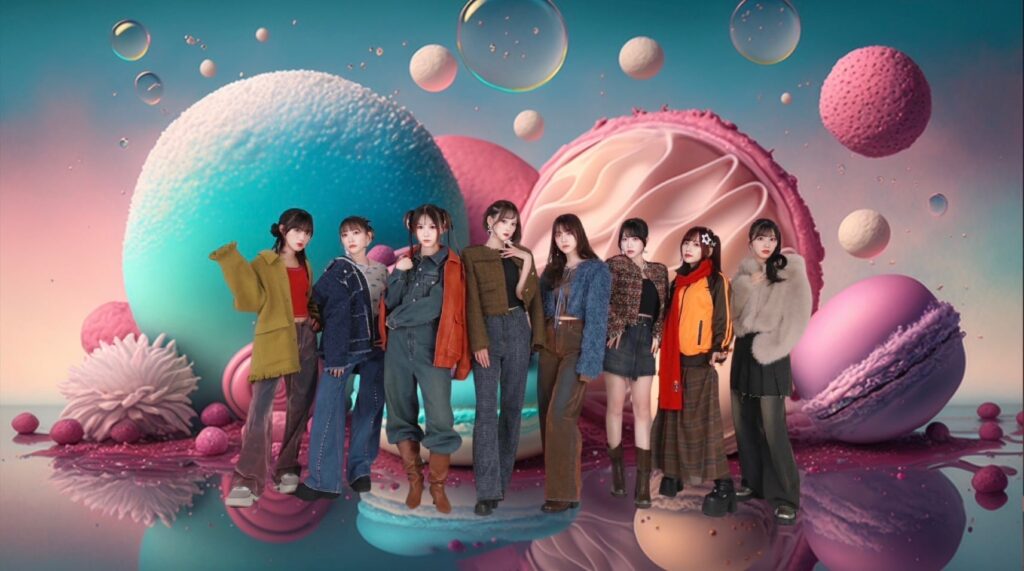
SAKURADOLL
With the theme of "Made in Japan to the world," SAKURADOLL will bring a new wind of Japanese idol culture to the world and make cherry blossoms bloom all over the world with their music and performances. From the world-famous anime that Japan is proud of to global idols, they aim to build a new history in entertainment with passion and brilliance and to convey the charm of Japan on the global stage.
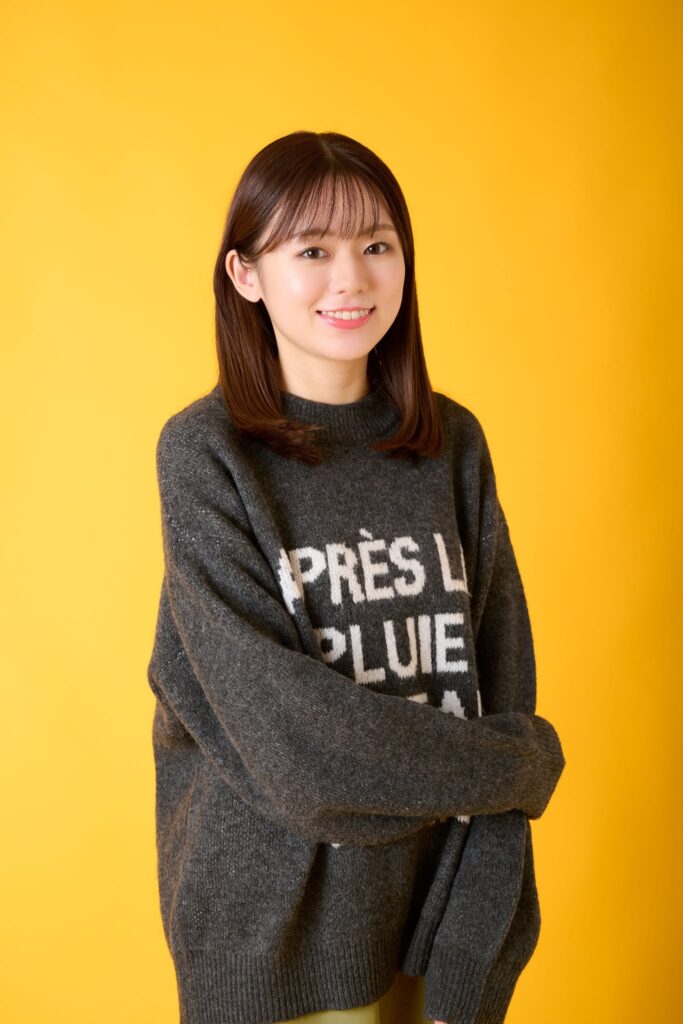
Megu Tohsaka
The No. 1 popular music creator/singer-songwriter in the short video world. After his video "I'm mad at the broken butter!", posted at the end of February 2022, went viral on TikTok and YouTube Shorts, his "I'm mad!" series, which sings about minor stresses in daily life to a light rhythm, became a huge hit with over 600 million cumulative views on social media. In recognition of his achievements, at the end of the same year, he won the TikTok Awards 2022 Music Division Grand Prize, which is given to the most active music creator in the year. "The fireworks will start soon," released in the summer of 2023, was a long-running hit with over 100 million cumulative views, thanks in part to the influence of collaboration projects with popular influencers. "Because I'll see you tomorrow," released in January 2024, had over 150 million views on social media-related videos and ranked 7th weekly and 3rd daily in the YouTube Shorts song usage rankings. Released in December 2024, "Even if I get a lot of red marks every day" has been viewed over 1 million times in just one month since its release, and the number of times the sound source has been used in short videos has exceeded 10,000, spreading the song at high speed, attracting attention for its self-production using SNS. His activities are not limited to SNS, but he has also appeared on numerous TV and radio programs. His piano playing skills are also highly regarded, and he has appeared three times on Fuji TV's "TEPPEN ~Piano Division~", a show that features the king of entertainment skills. He is currently appearing as a semi-regular on Untouchable Yamazaki Hiroya's regular radio program, NACK5's "Enekuru presents Mainichi Zakiyama". A singer-songwriter with a voice that melts into your ears, catchy lyrics that stay in your head once you hear them, and melodies that are familiar to Japanese people.
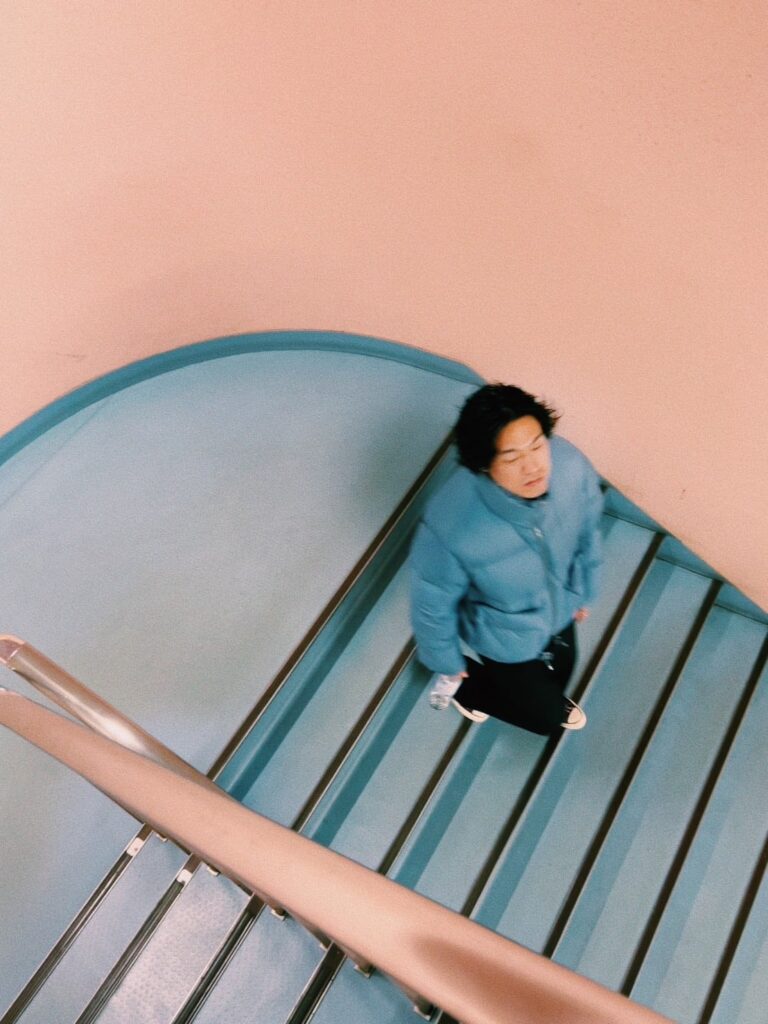
PALM
In junior high school, he discovered club music through his older sister's influence and started his career as an artist. At the same time, he picked up the bass through his older brother's influence, and began his career as an artist in earnest during high school. He actively participated in planning his own parties and live events, building a foundation as an artist. After that, he started DTM due to his interest in internet labels, and worked as an artist at subculture events based at Niigata clubs "Planet" and "Yellow Pigs". He performed with famous artists such as Okadada and i-dep, and his skills were widely recognized. He began composing in earnest when he entered university, and performed with a variety of artists. He is currently active as a musician. He has released six singles so far, and the music videos are available on YouTube. He is breathing new life into the scene with his unique style.
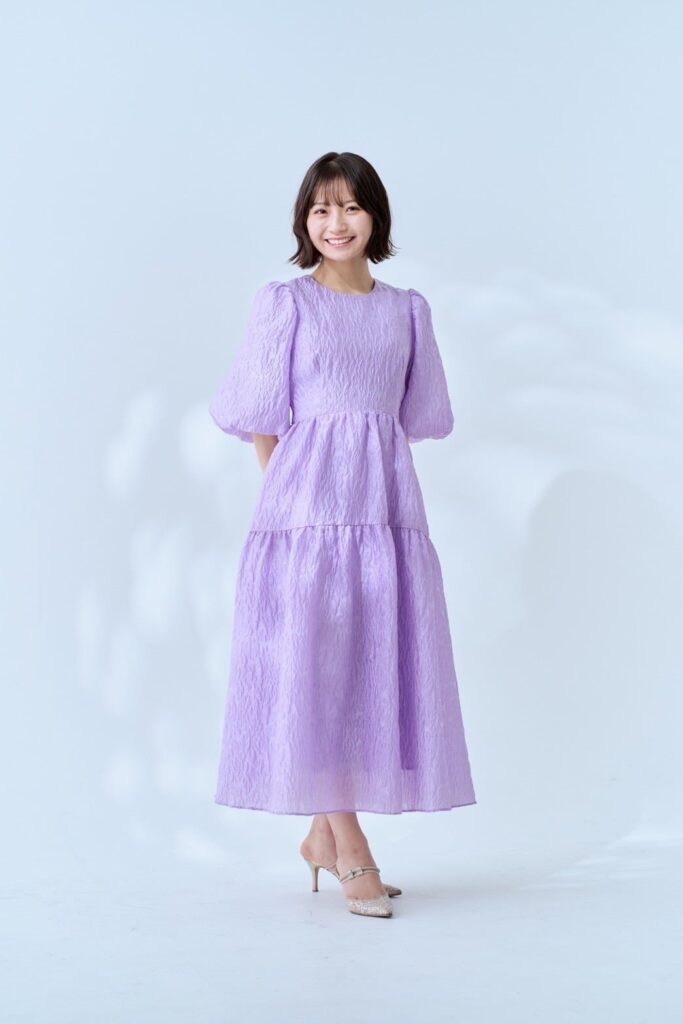
Sunaho Kaneda
Dreaming of musicals, she entered the entertainment industry at the age of 10. She began studying singing and acting, and began full-fledged vocal lessons in 2015. In 2018, she debuted as part of the idol group "Spiritant". From 2020, she began performing as "Jewel☆Ciel", and her 4th single "Bokura wa" reached 6th place on the Oricon Daily Ranking. In 2021, she changed her name to "gran☆ciel" and reached 1st place on the Oricon Daily Ranking with "Message!". She began her solo career in April 2022. In December 2023, she released the single "Yume ga Kanau Made". She is actively working in many areas, including stage performances, commercials, and YouTube, making use of her natural brightness, clear singing voice, and solid singing ability.
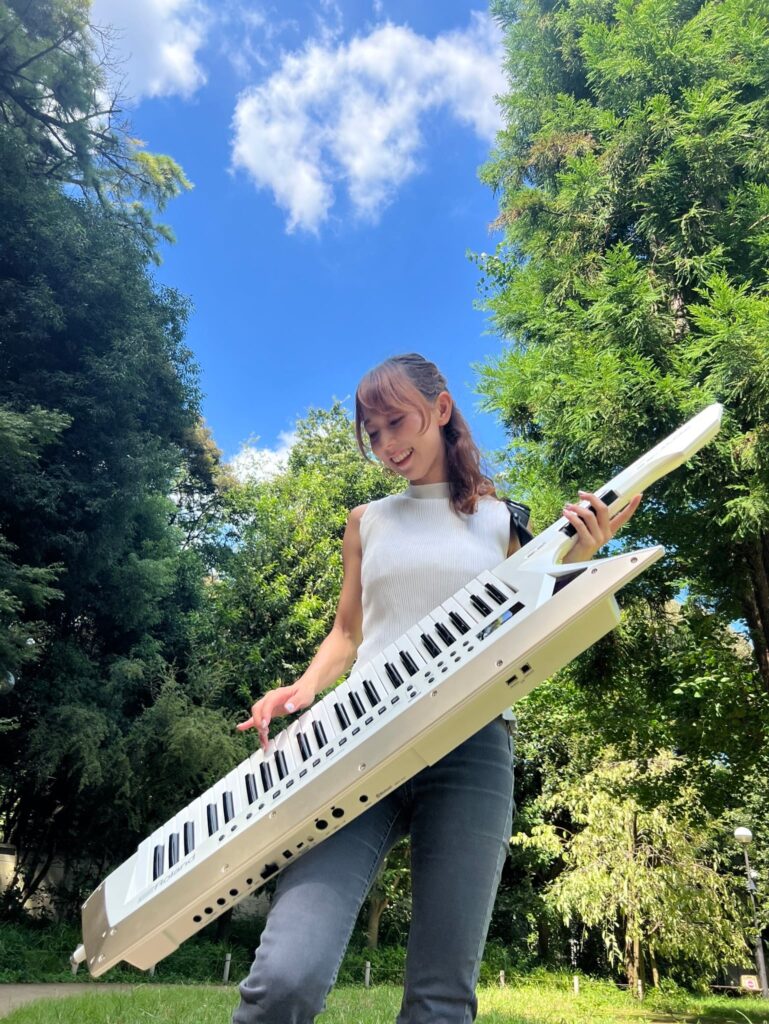
Ami Yuki
He has been familiar with music since he was a child and has been playing the electric organ for 25 years. He plays a variety of songs from pop songs to jazz, and has recently expanded his range of activities as a keytar player. While he is active as a photographer, he is also a multi-talented person who has published photo books as a model and works as a host.
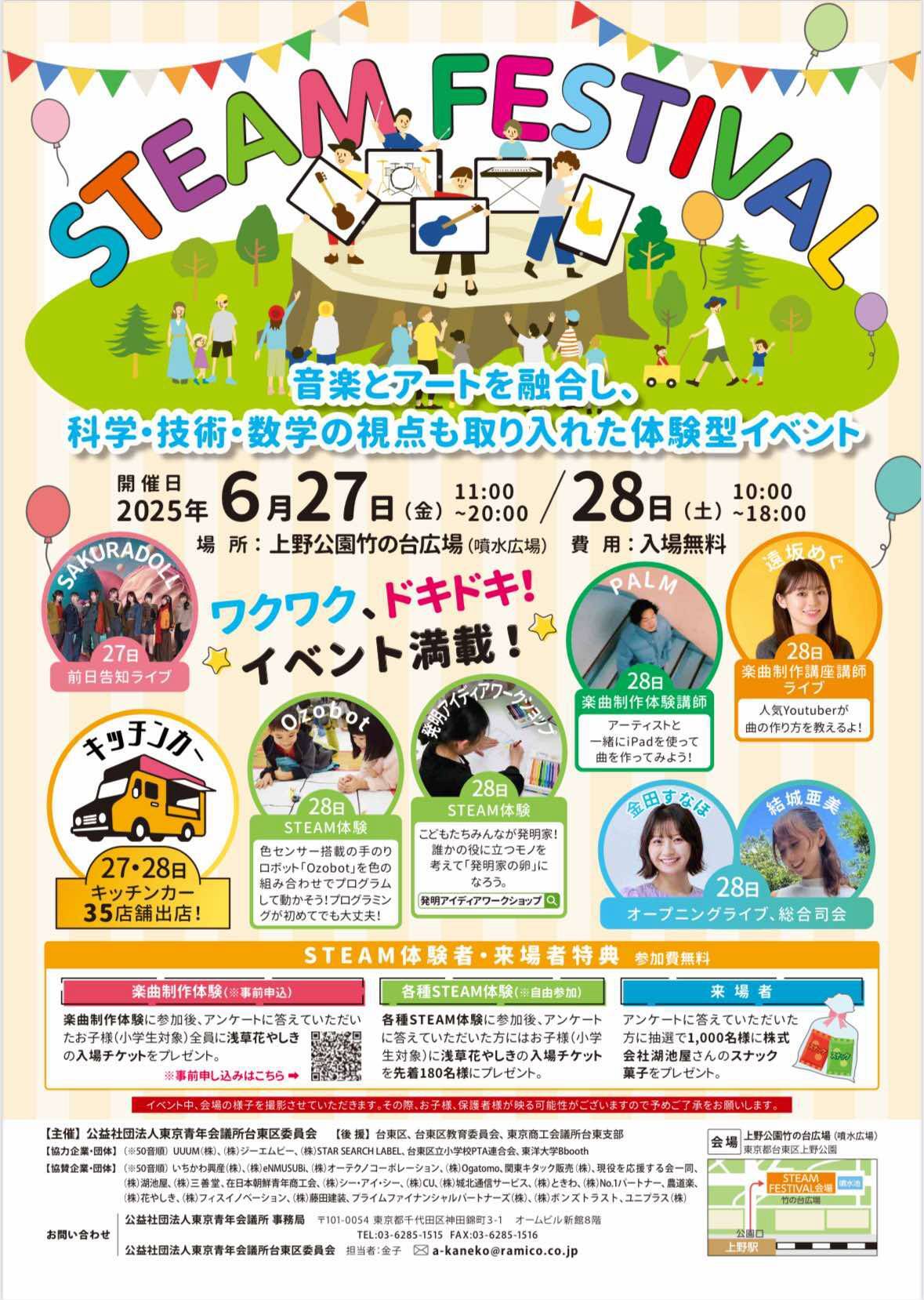
Background
In today's rapidly changing society, there is a demand for developing human resources who can deal with complex issues by nurturing creativity , problem-solving skills , and teamwork .
This time, in addition to music production experiences and live performances , the event will combine STEAM education with workshops on programming and inventions .
The project aims to encourage participants to identify various problems and acquire the means to solve them creatively .
STEAM education is a cross-disciplinary education that combines the initials S for Science , T for Technology , E for Engineering , A for Art , and M for Mathematics .
Generally, experience sessions where people can learn about STEAM education are often held indoors, and the number of visitors may be limited.
Therefore, this time, in order to provide more people with an opportunity to experience STEAM education, the event will be held at the easily accessible Takenodai Square (Fountain Square) in Ueno Park .
For the music production experience, instructors will include artist PALM and popular YouTuber Megu Tohsaka , and participants will learn about the concepts and fun of music production using an iPad.
In addition, the invention idea workshop encourages participants to develop their creativity by thinking about what kind of inventions would be useful to the world.
In addition, there will be live performances by various artists and many food trucks.
This is not only a music and STEAM education experience , but also a free event that anyone can enjoy .
Organizers
About the Organizing Organization: The Tokyo Junior Chamber International (Tokyo JC), a public interest incorporated association (hereafter referred to as "Tokyo Junior Chamber International"), was founded in 1949 (Showa 24) at a time when the scars of war were still deeply etched in the city and in the hearts of its people, by young people who shared the same aspiration that "it is the job of young people to rebuild a new Japan."
Since then, the Tokyo Junior Chamber has promoted the philosophy of "creating a bright and prosperous society" and has been carrying out various activities and campaigns.
The Tokyo Junior Chamber of Commerce is made up of members who have joined of their own free will, regardless of race, nationality, sex, occupation or religion.
The Japan Junior Chamber bases its activities on "personal training," "service to society," and "friendship with the world." It promotes mutual enlightenment and interaction among members, fosters public spirit, and works to contribute to the development of society through collaboration with the local community, actively addressing social issues.
Having undergone various practical training at the Junior Chamber, students are active in a wide range of fields, and many of our graduates, including those who graduate after turning 40, have gone on to become active leaders in their local communities and have also gone on to enter the political and business worlds.
Contact Us
〒101-0054
3-1 Kanda Nishikicho, Chiyoda-ku, Tokyo Ohm Building New Wing 8th Floor
TEL:03-6285-1515 (Secretariat)
FAX:03-6285-1516 (Secretariat)
Tokyo Junior Chamber of Commerce
Taito Ward Committee Person in charge Kodai Kaneko
Email address: akhrknk@gmail.com
[Tokyo Junior Chamber of Commerce, Public Interest Incorporated Association] Press release
Article provided by: Kokosil Ueno
See other exhibition information


